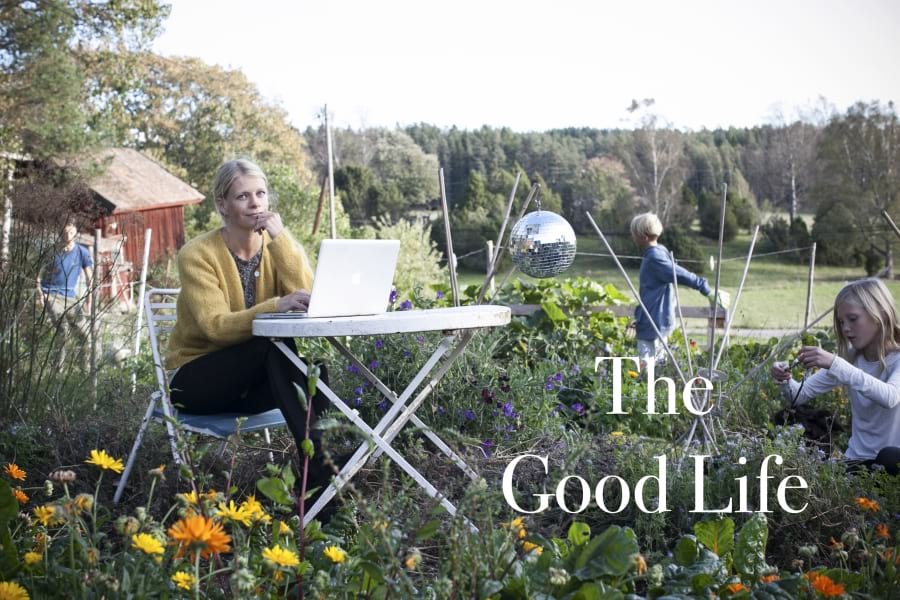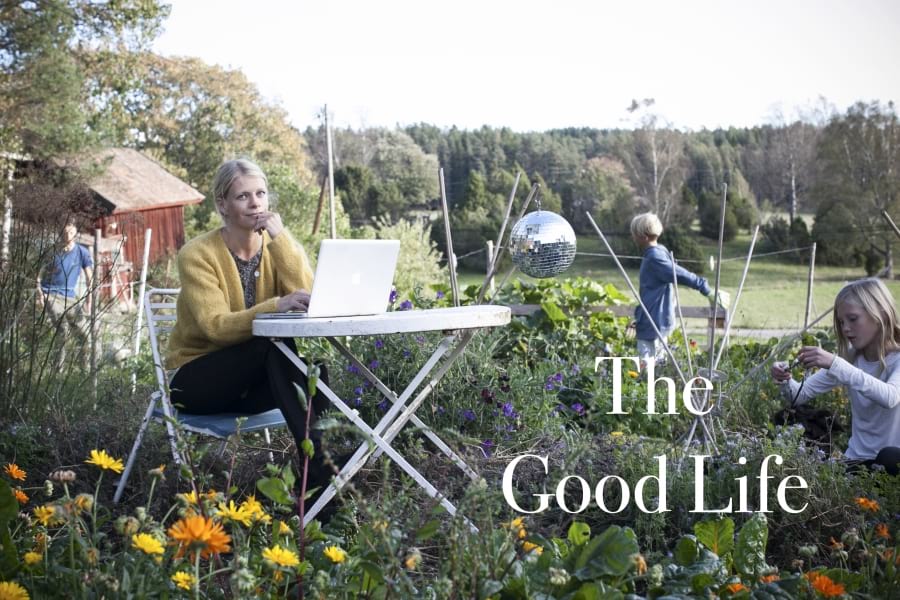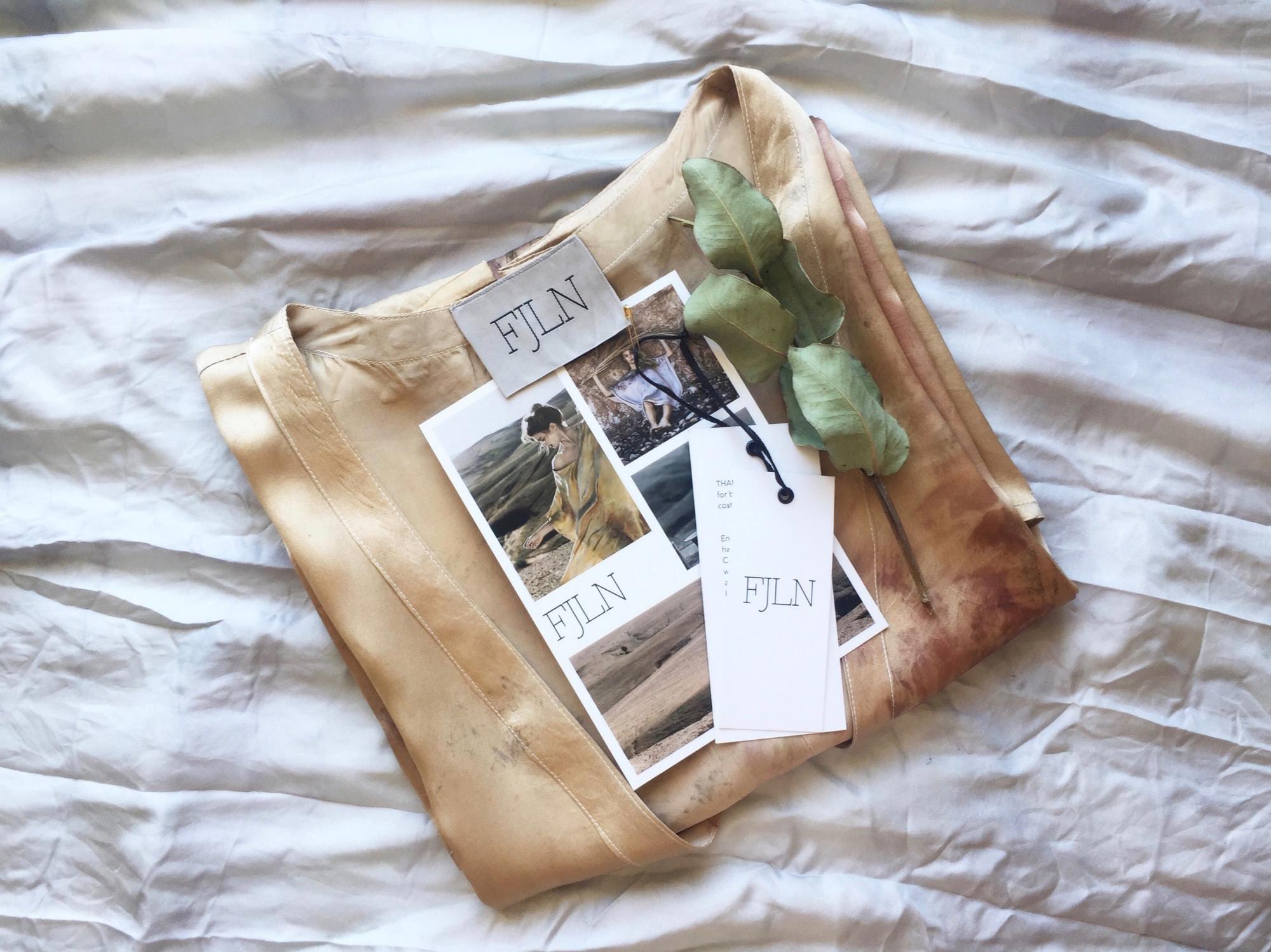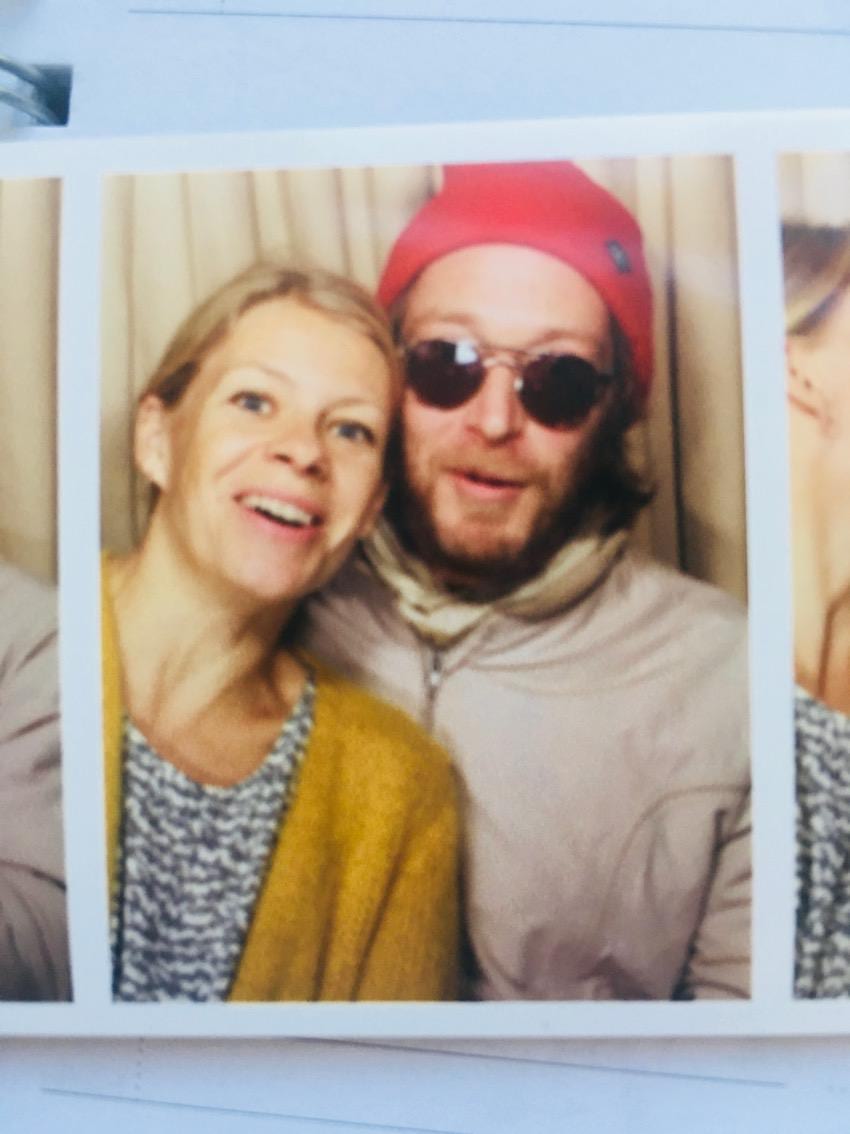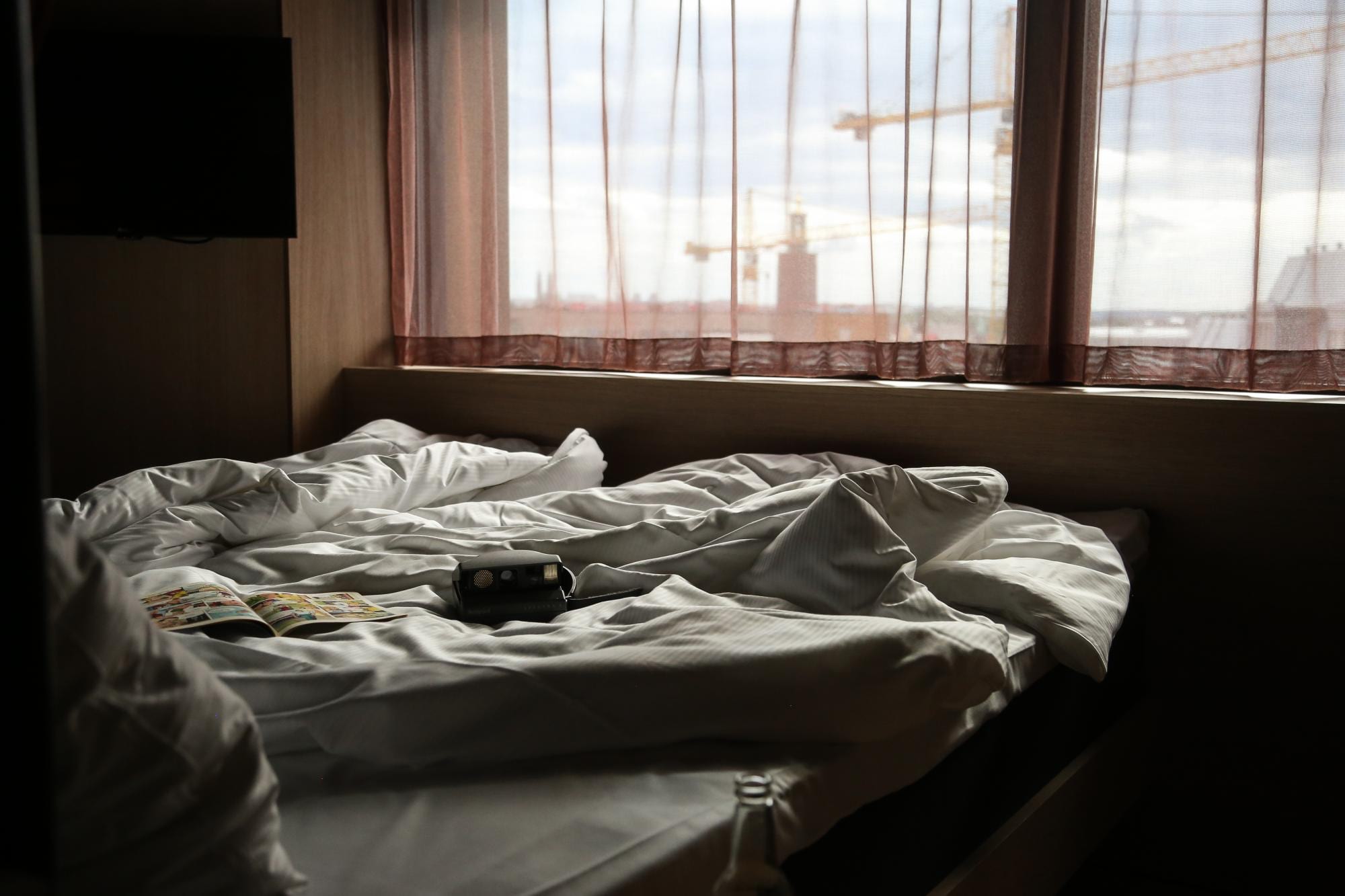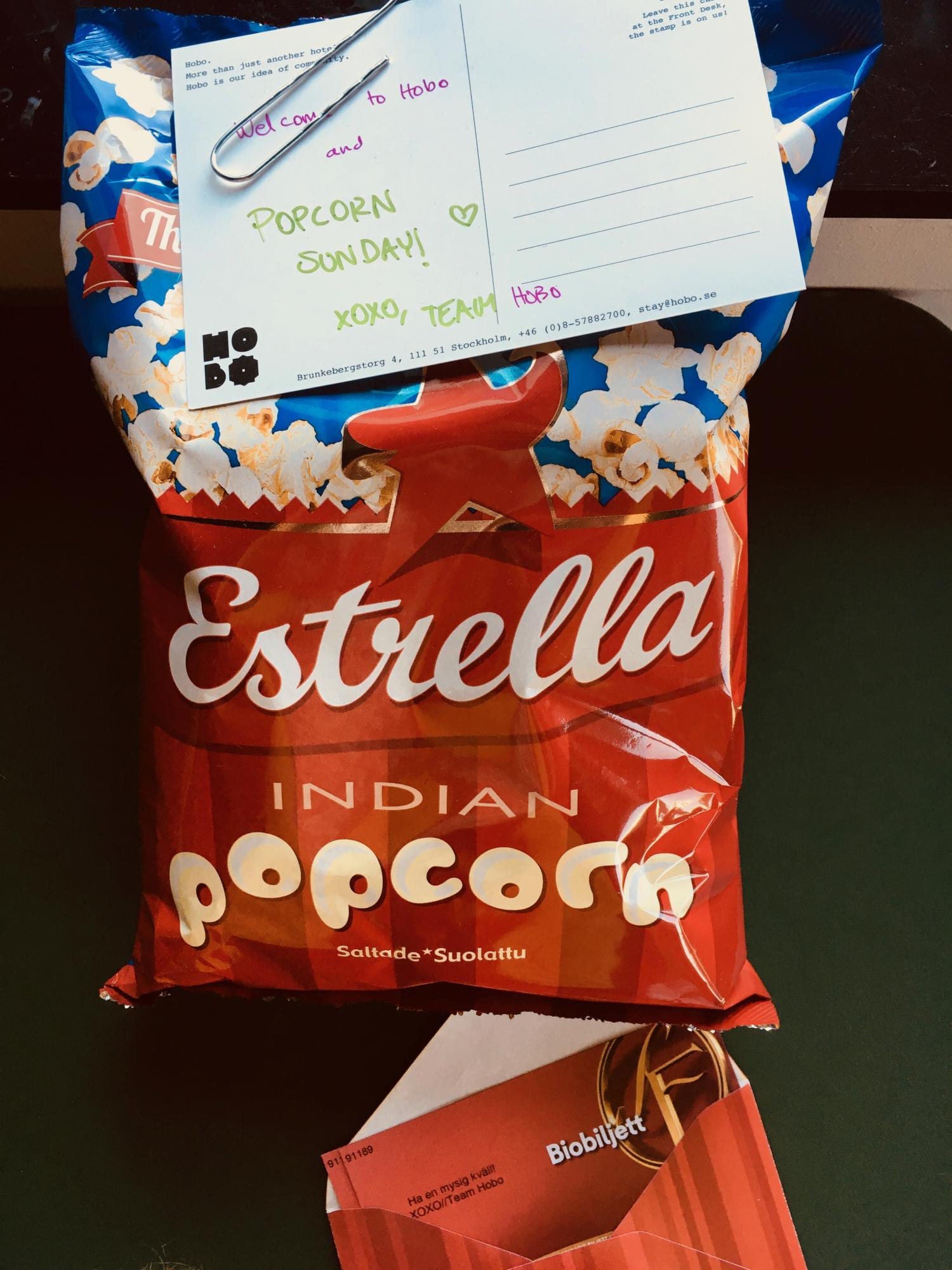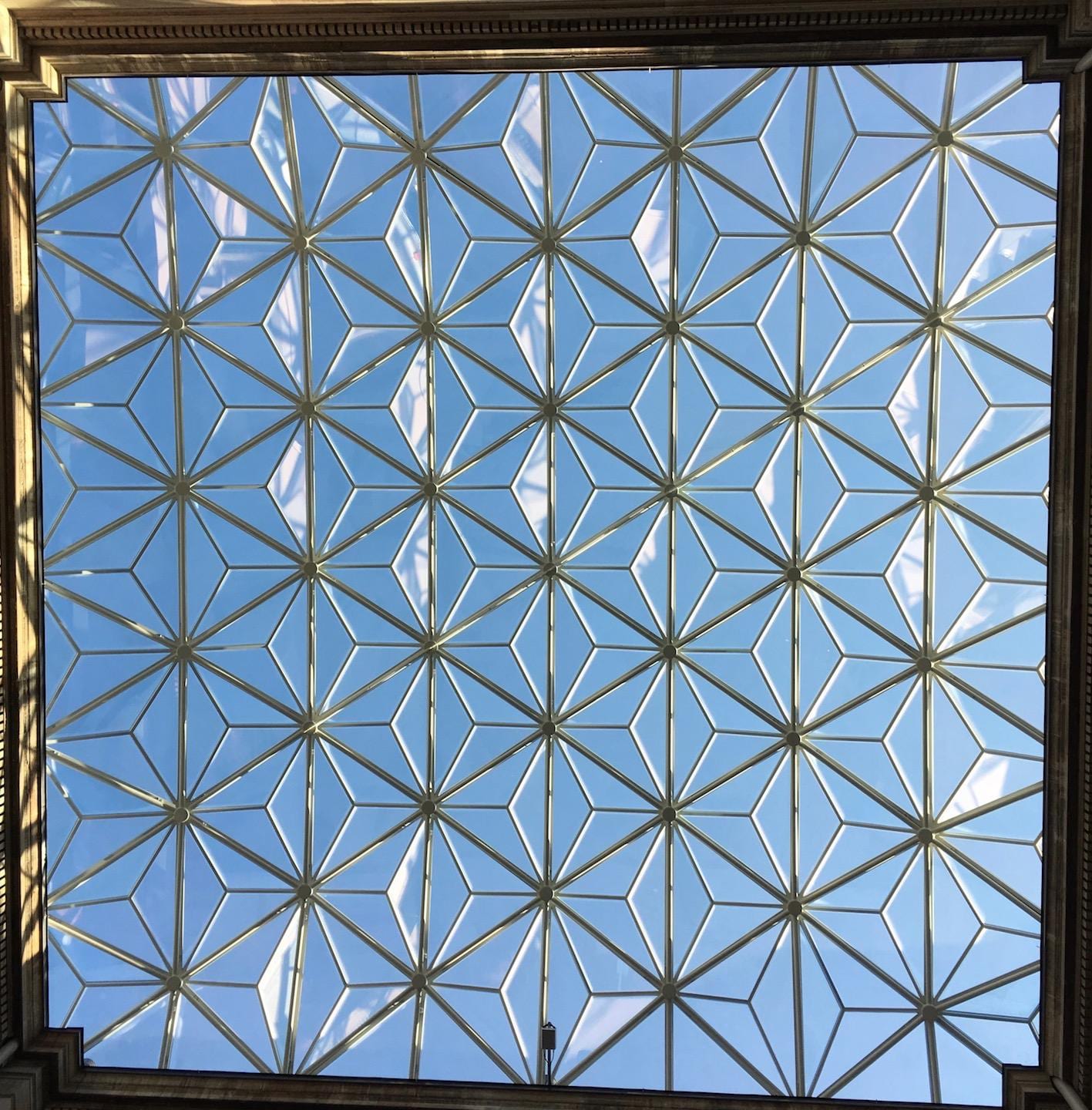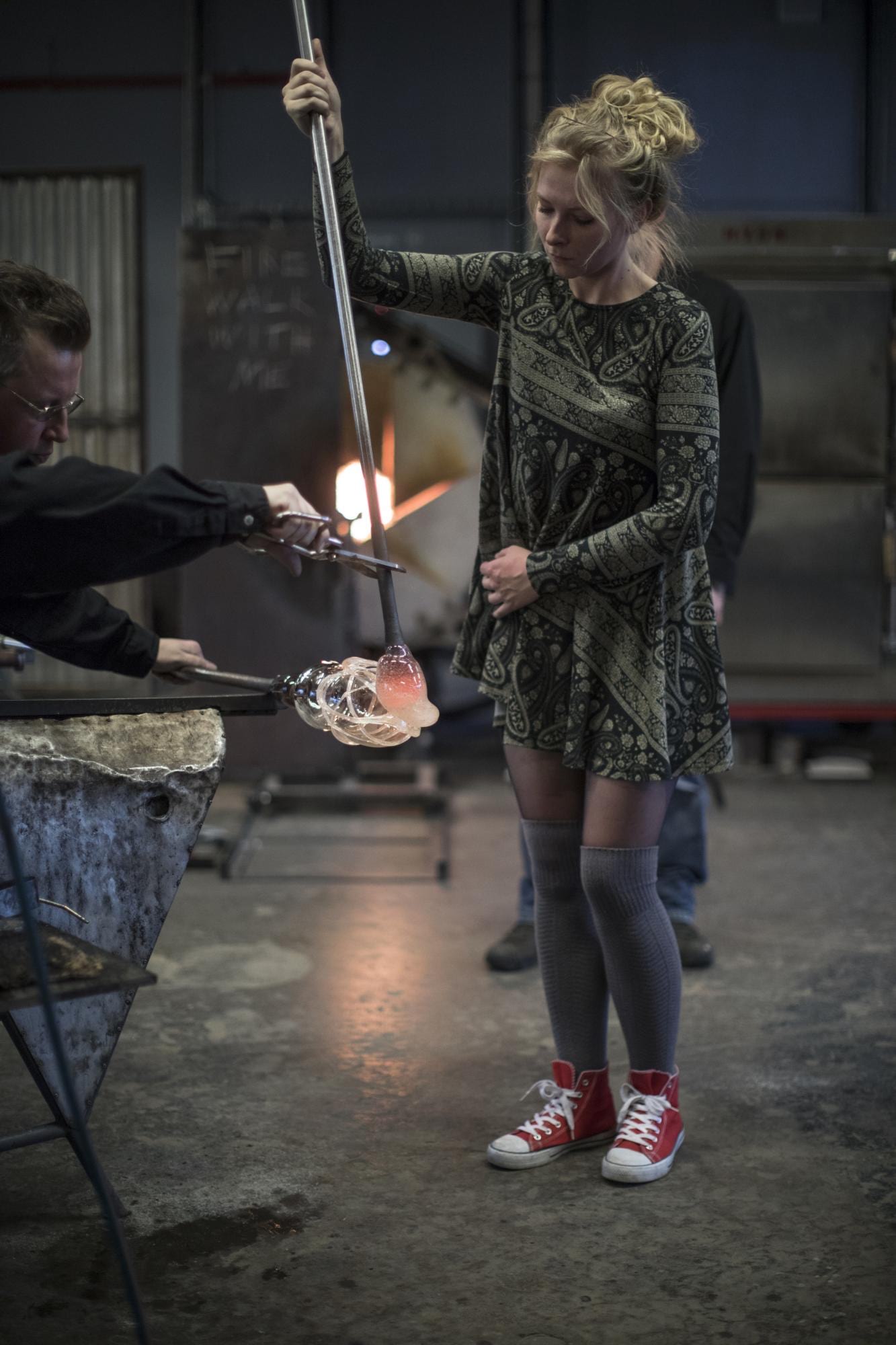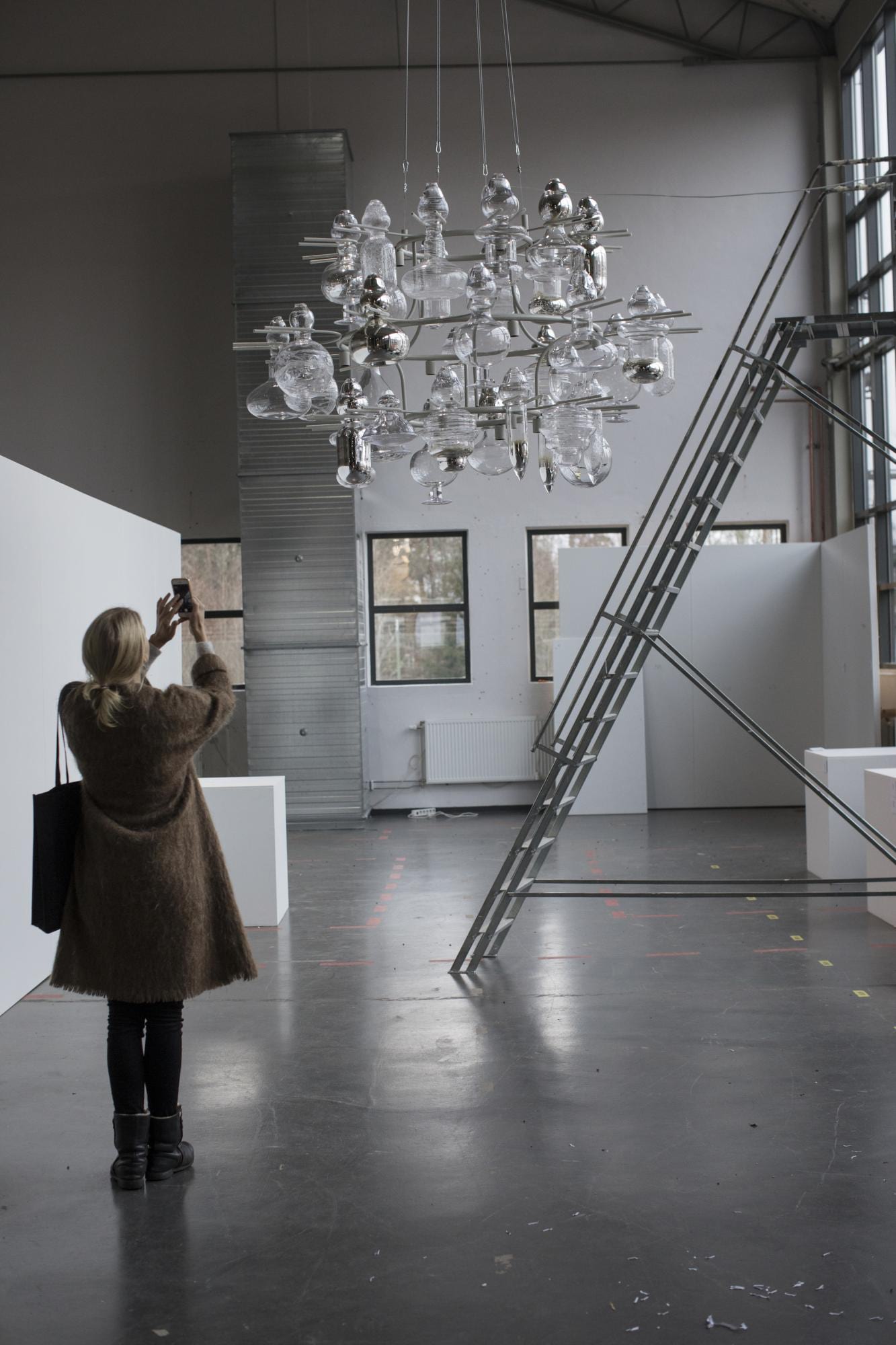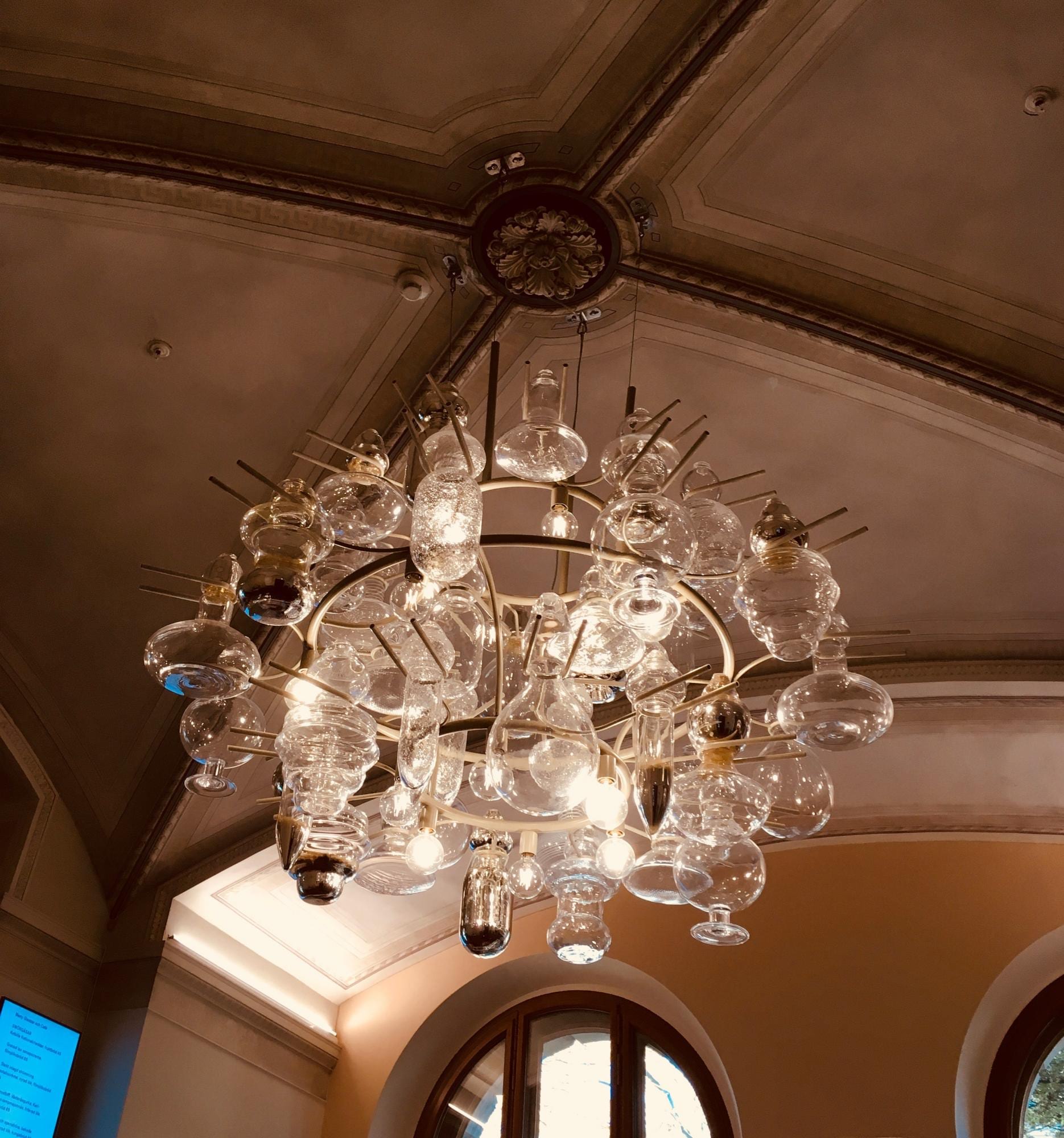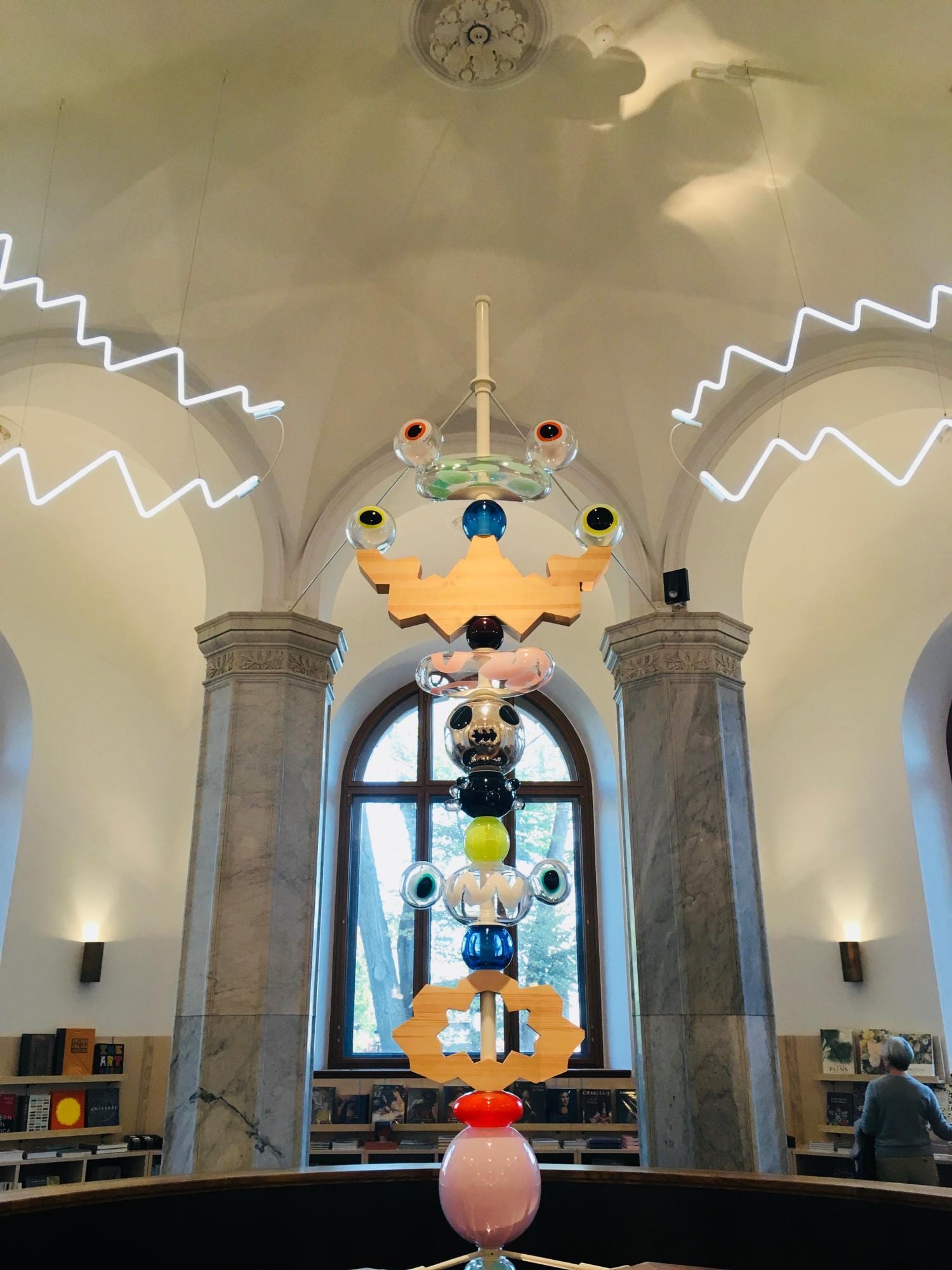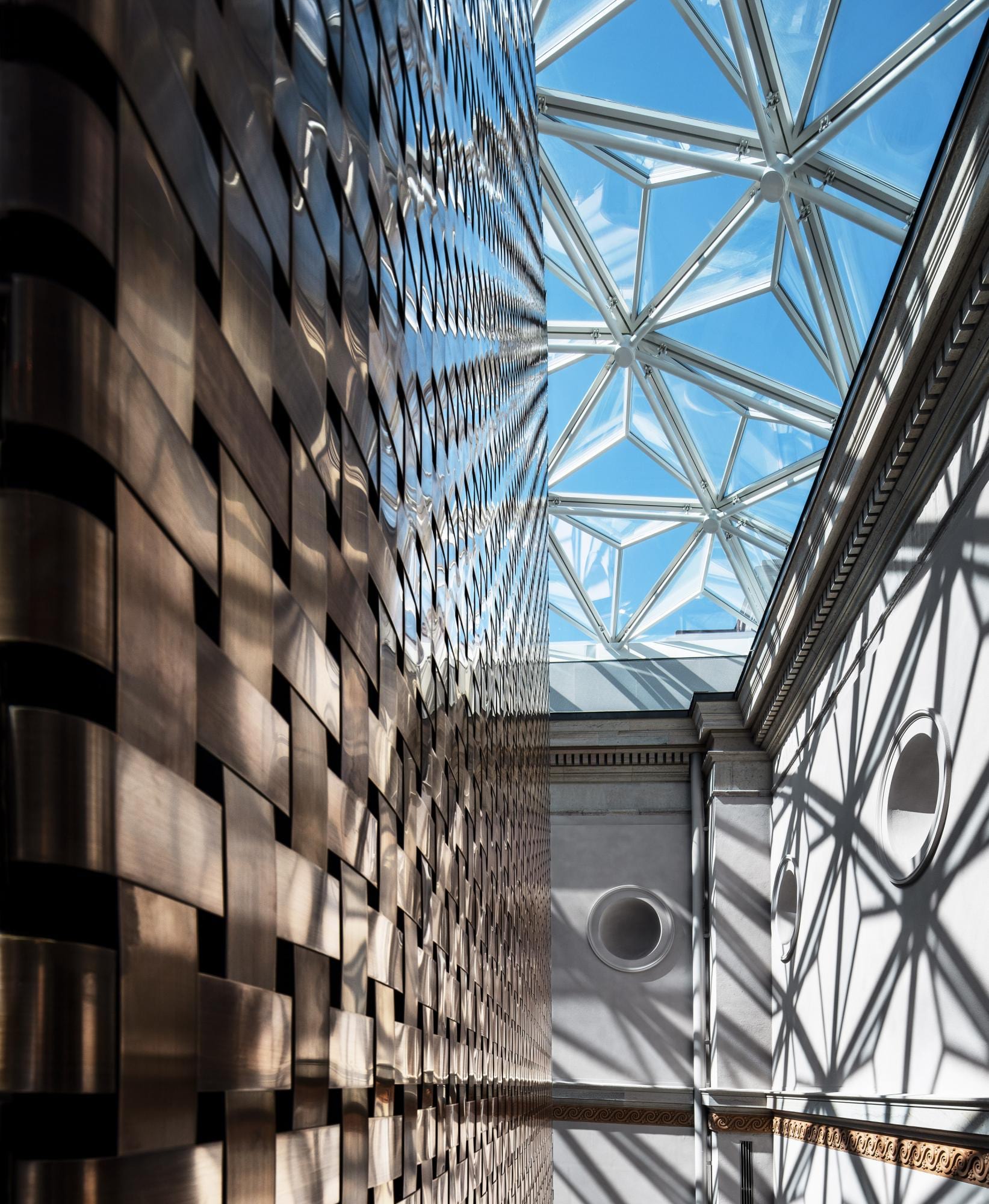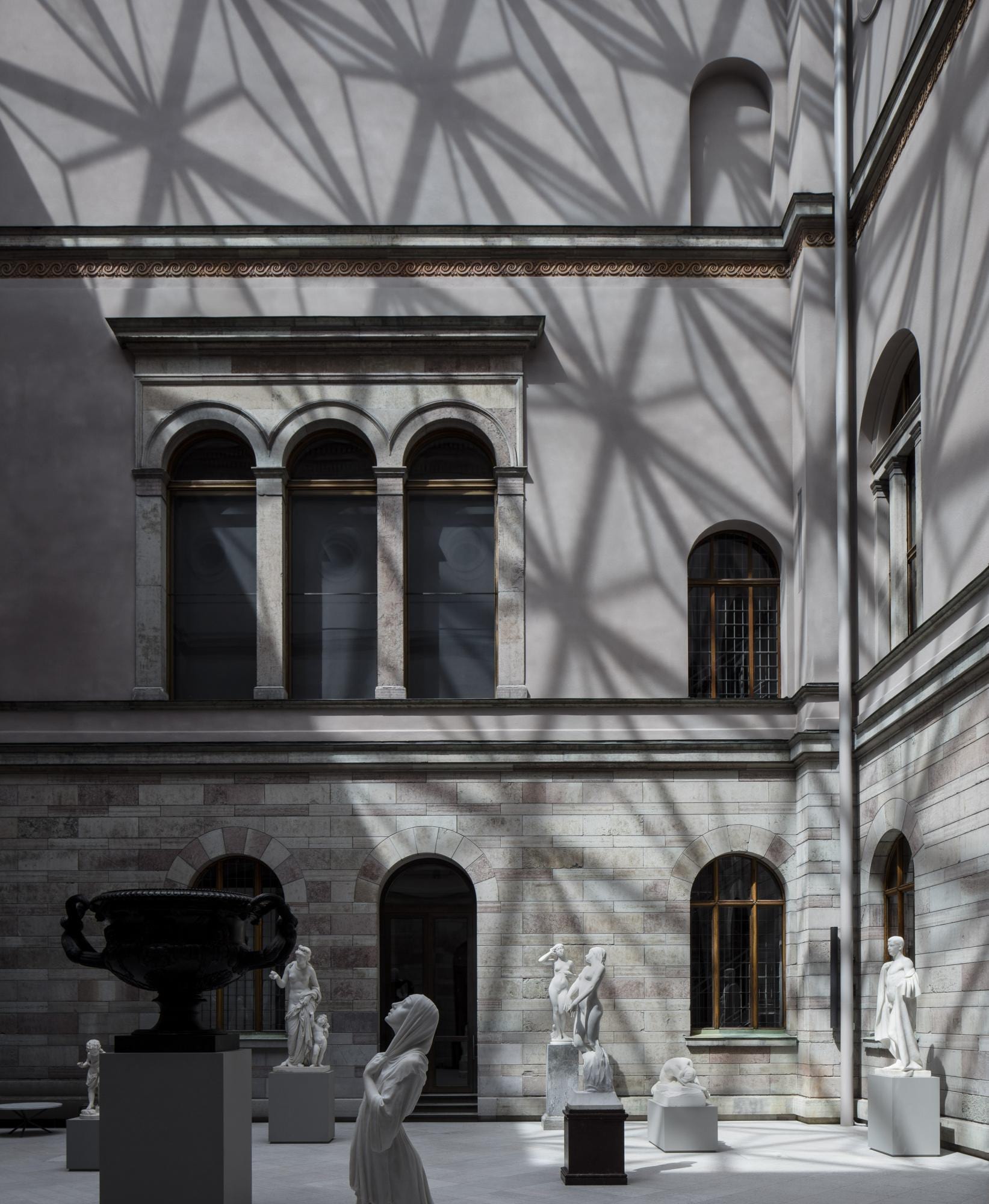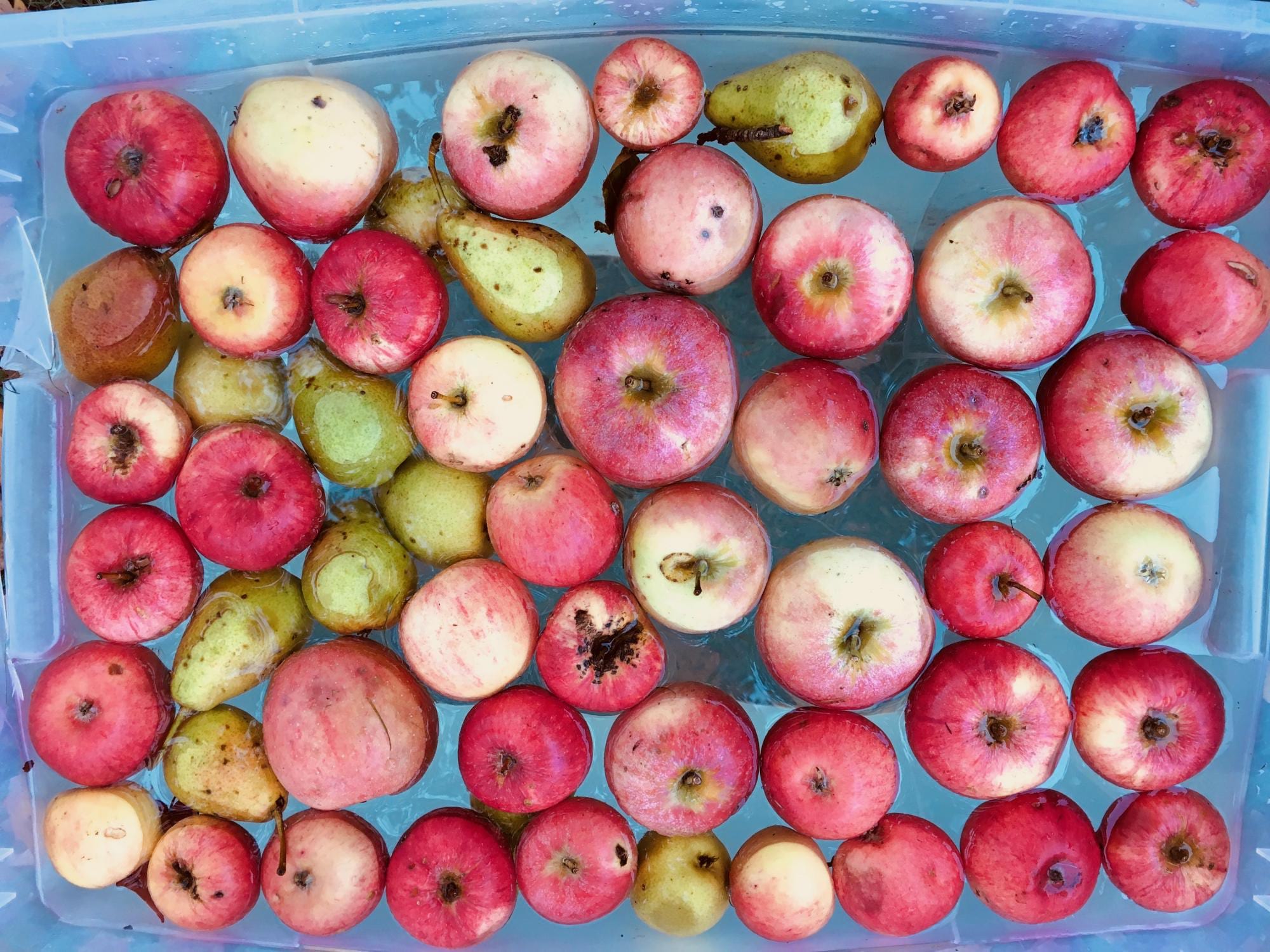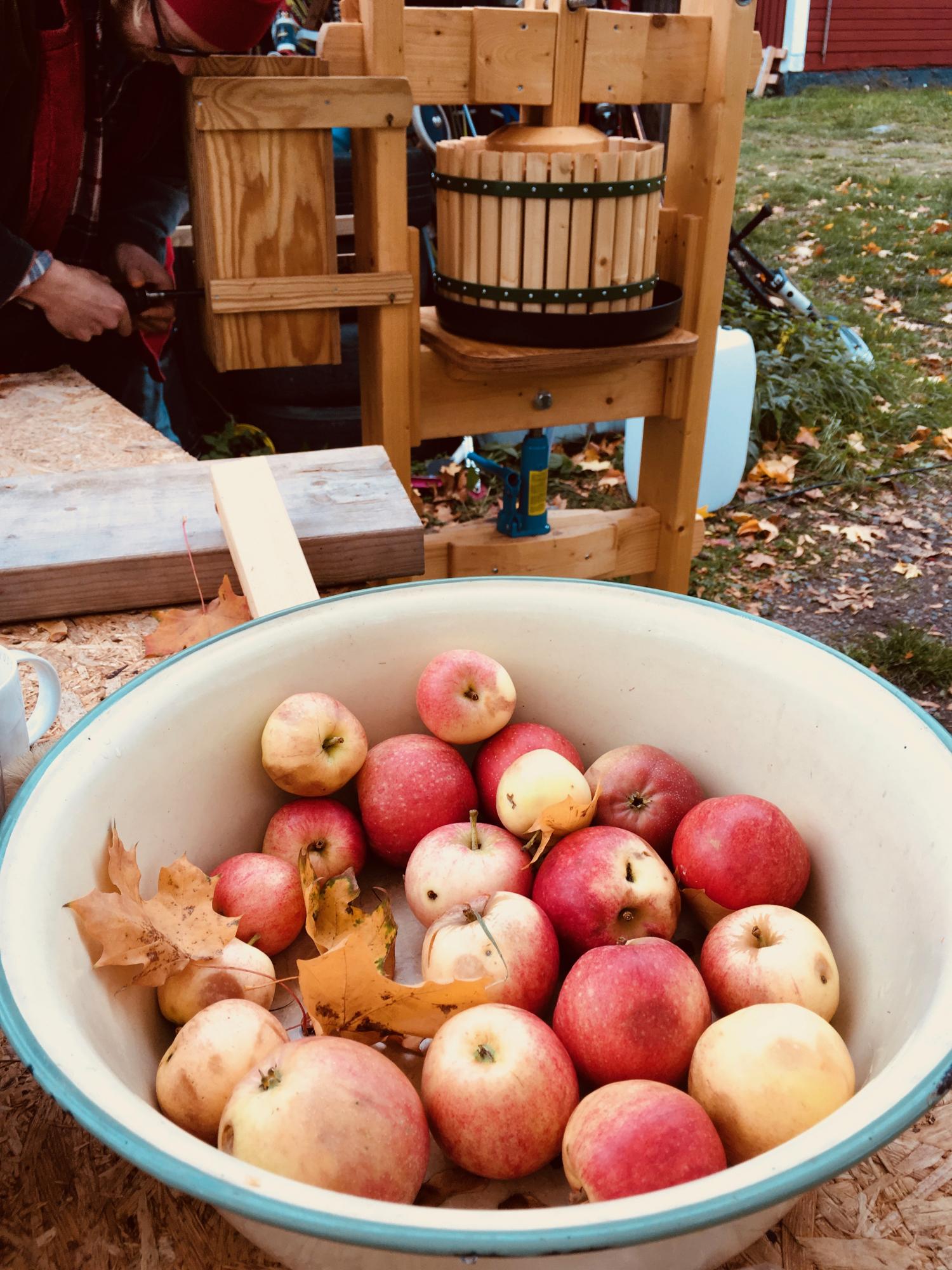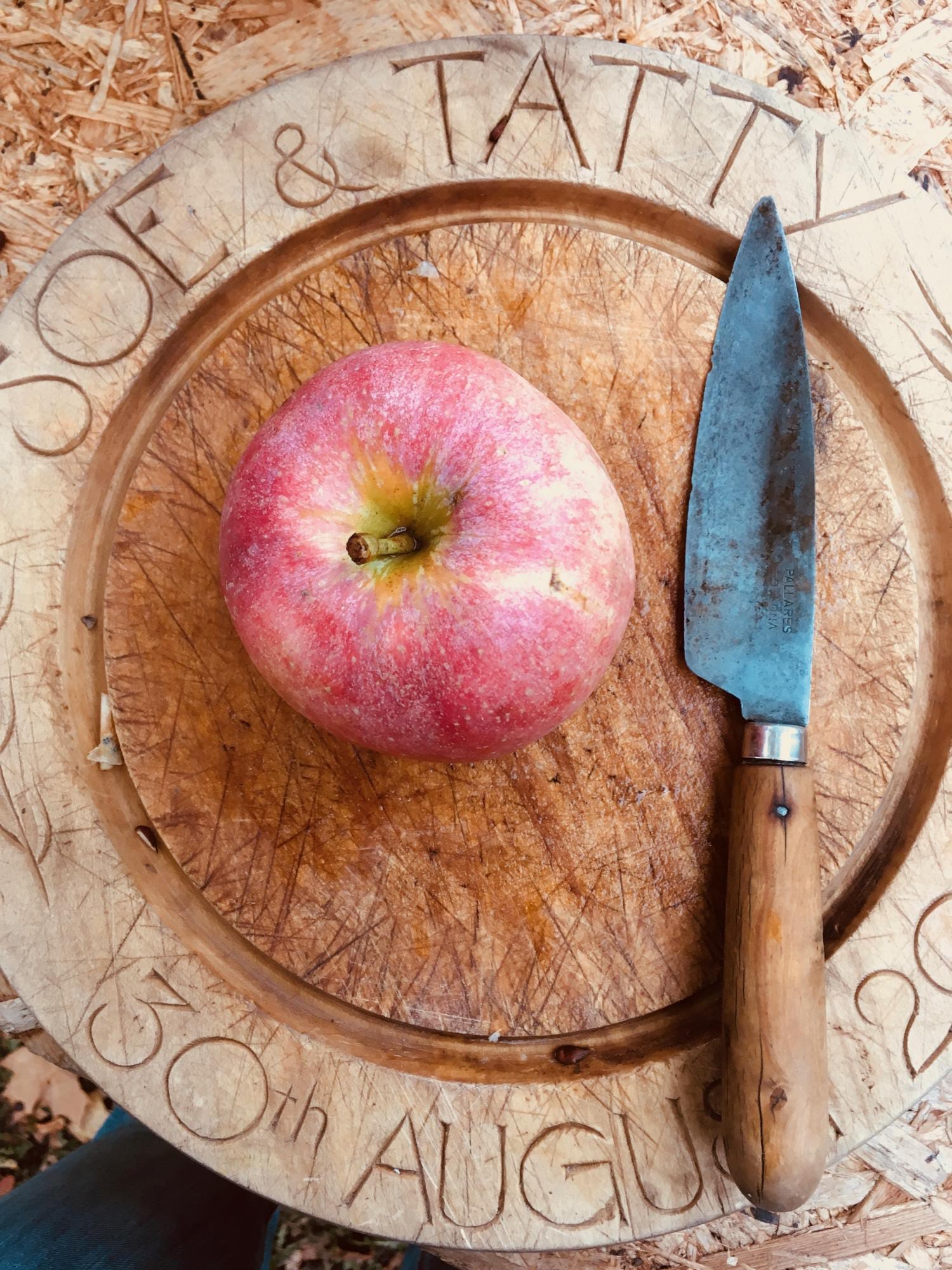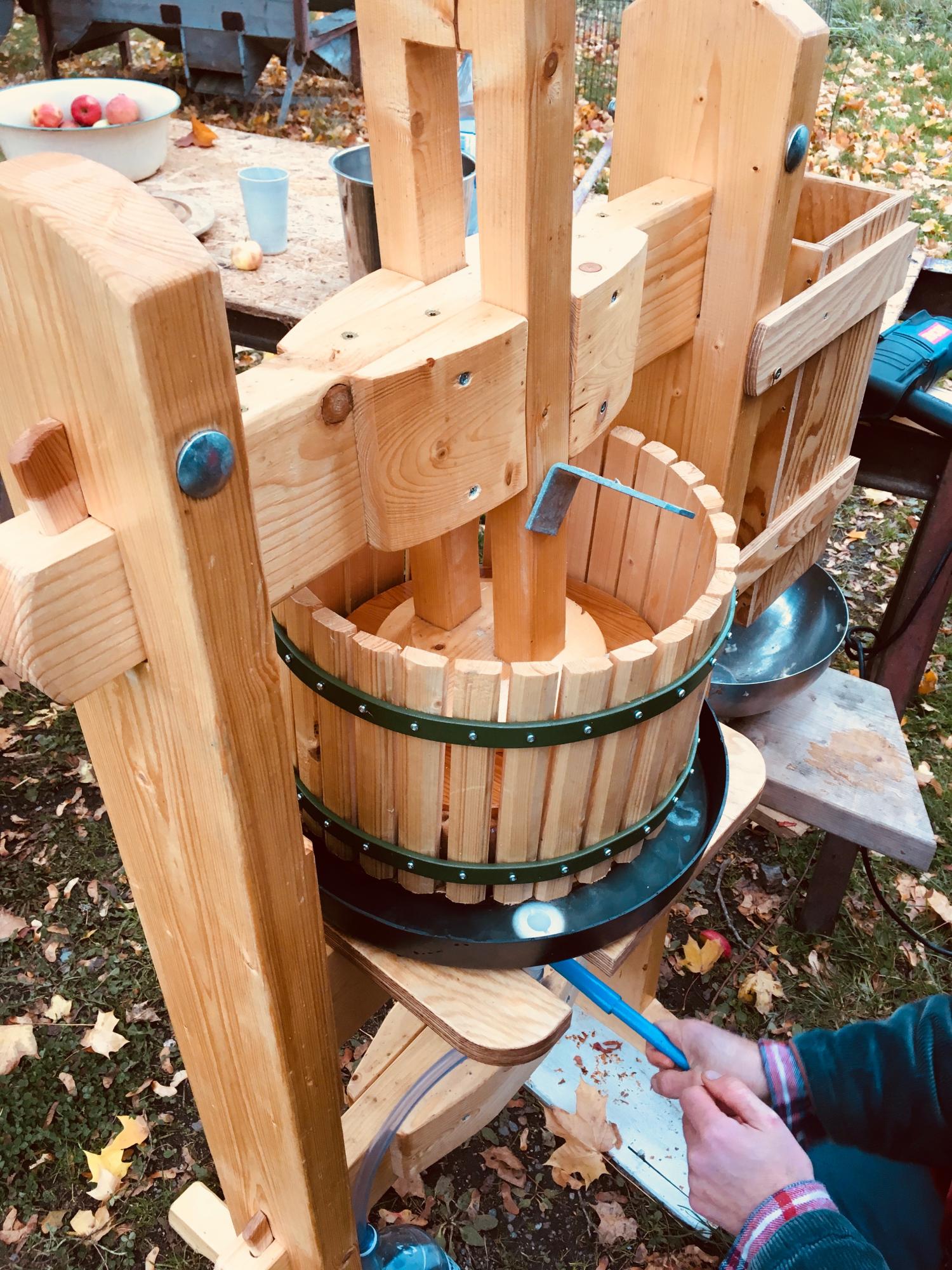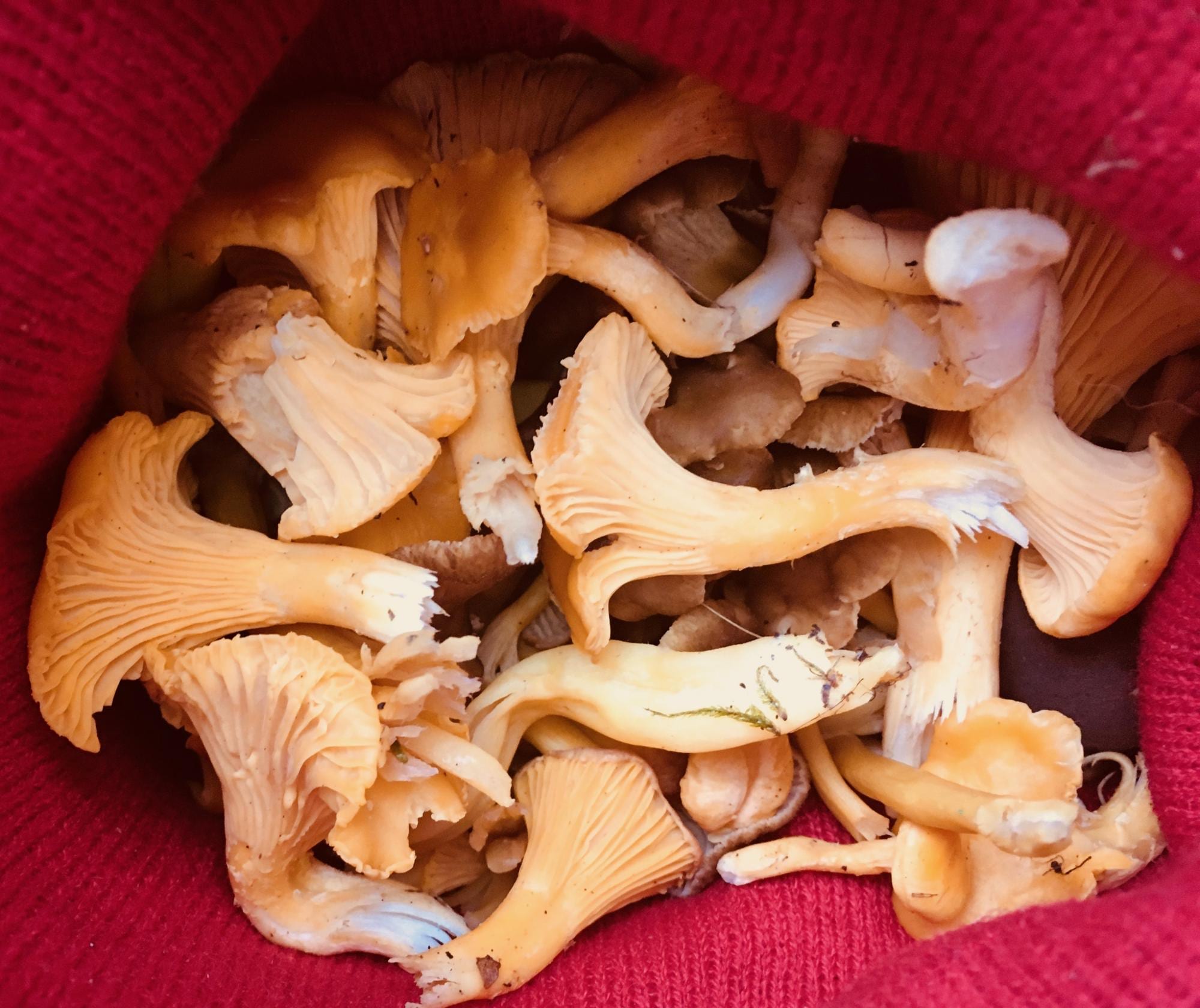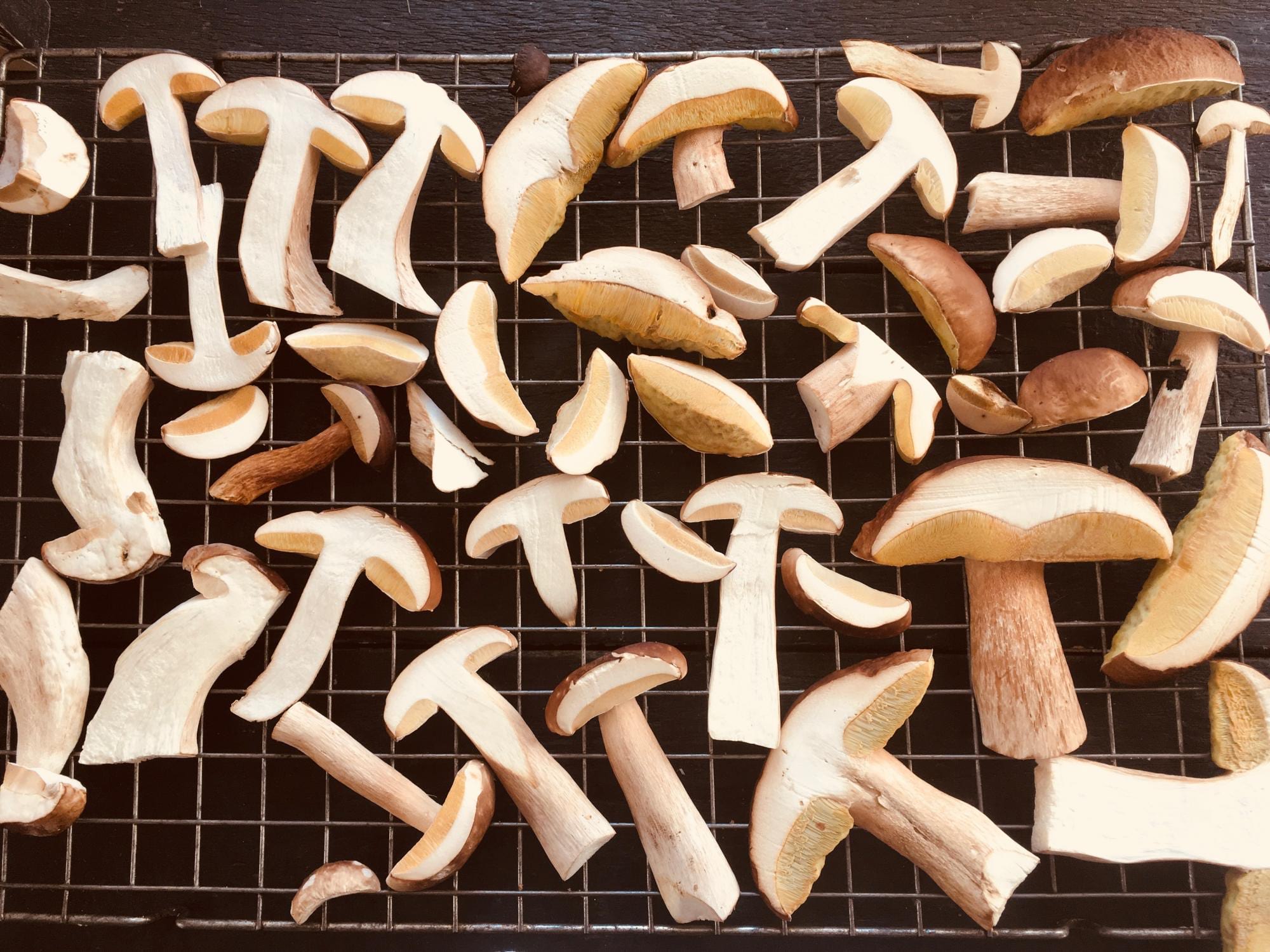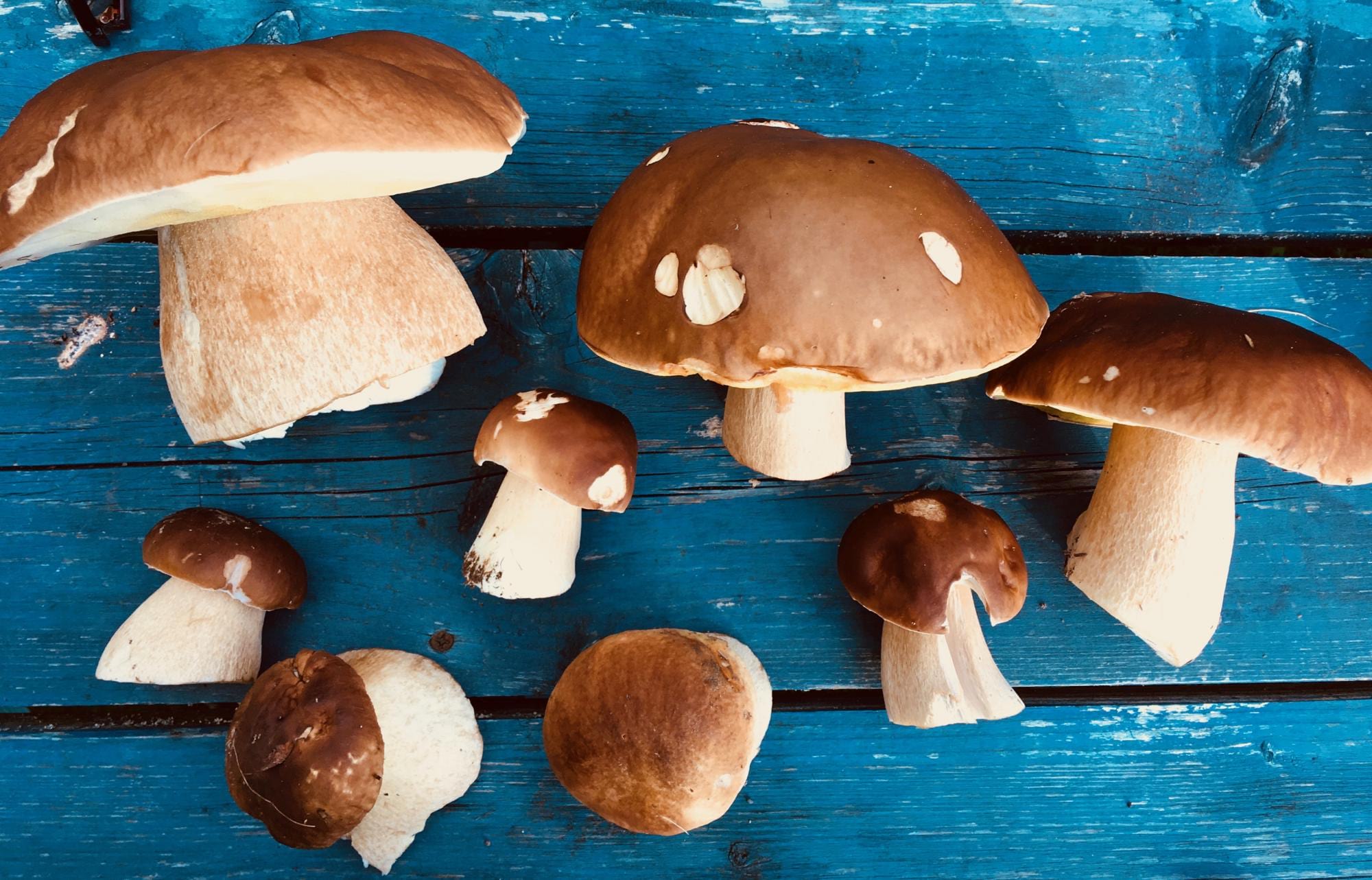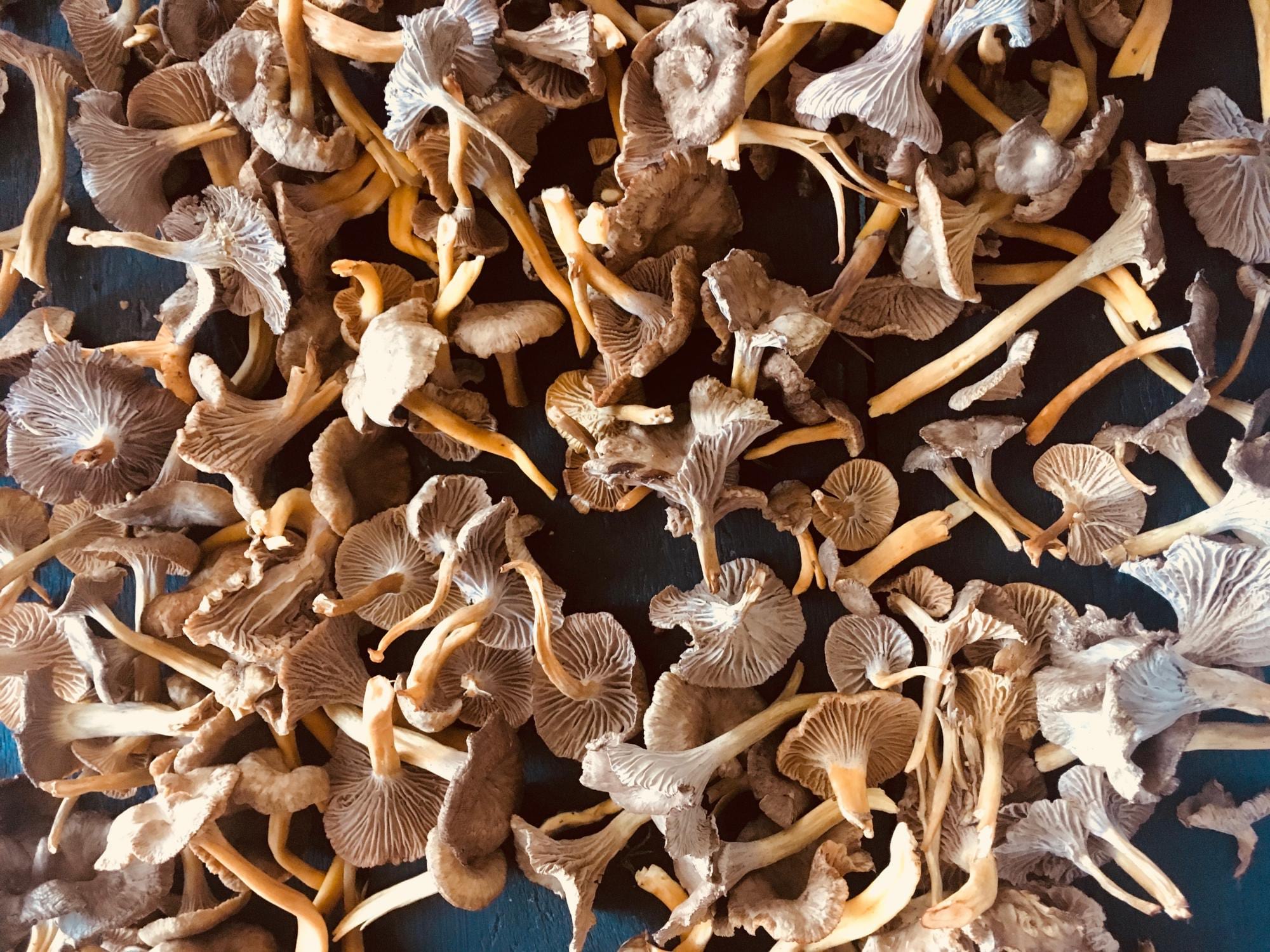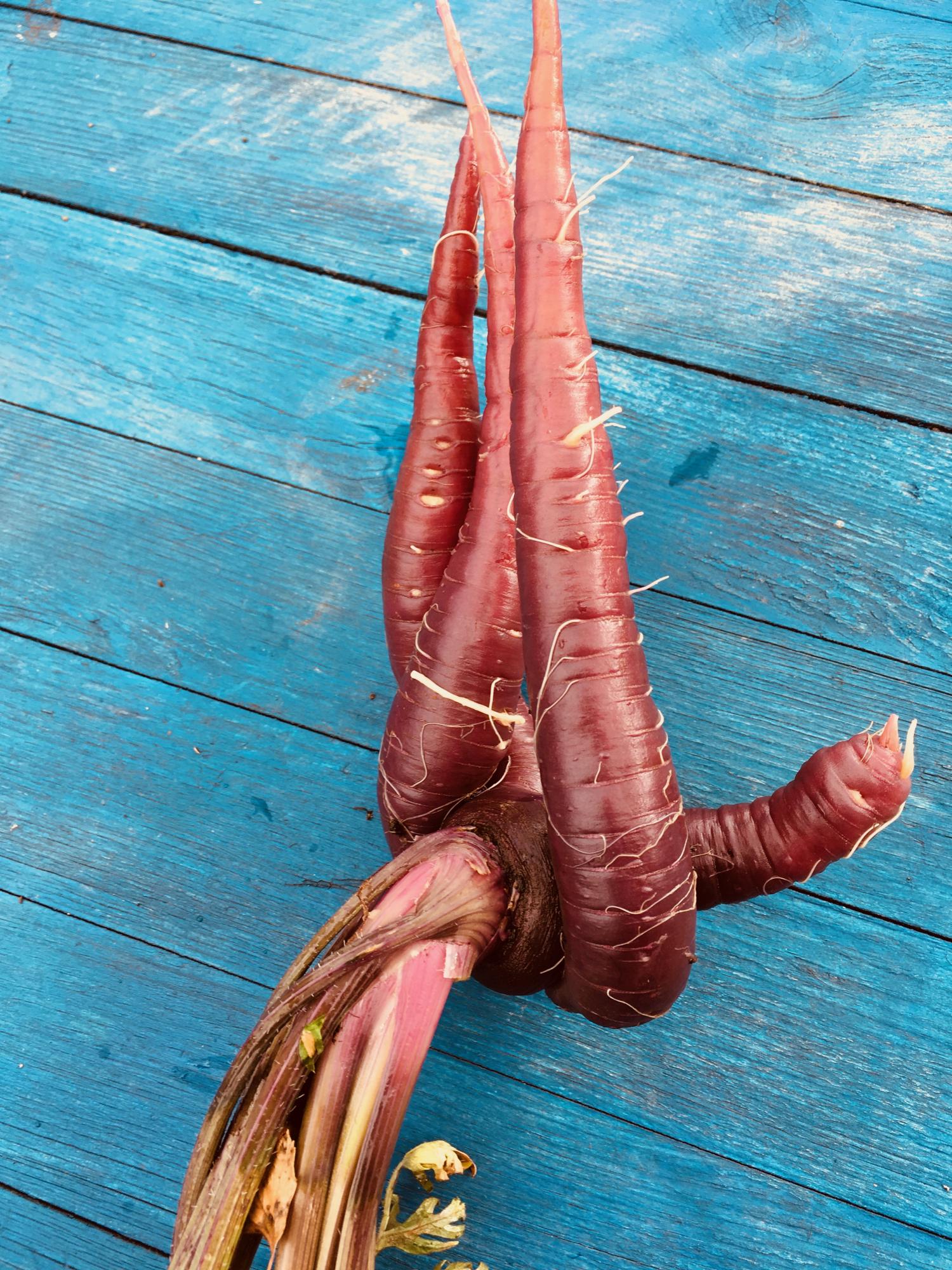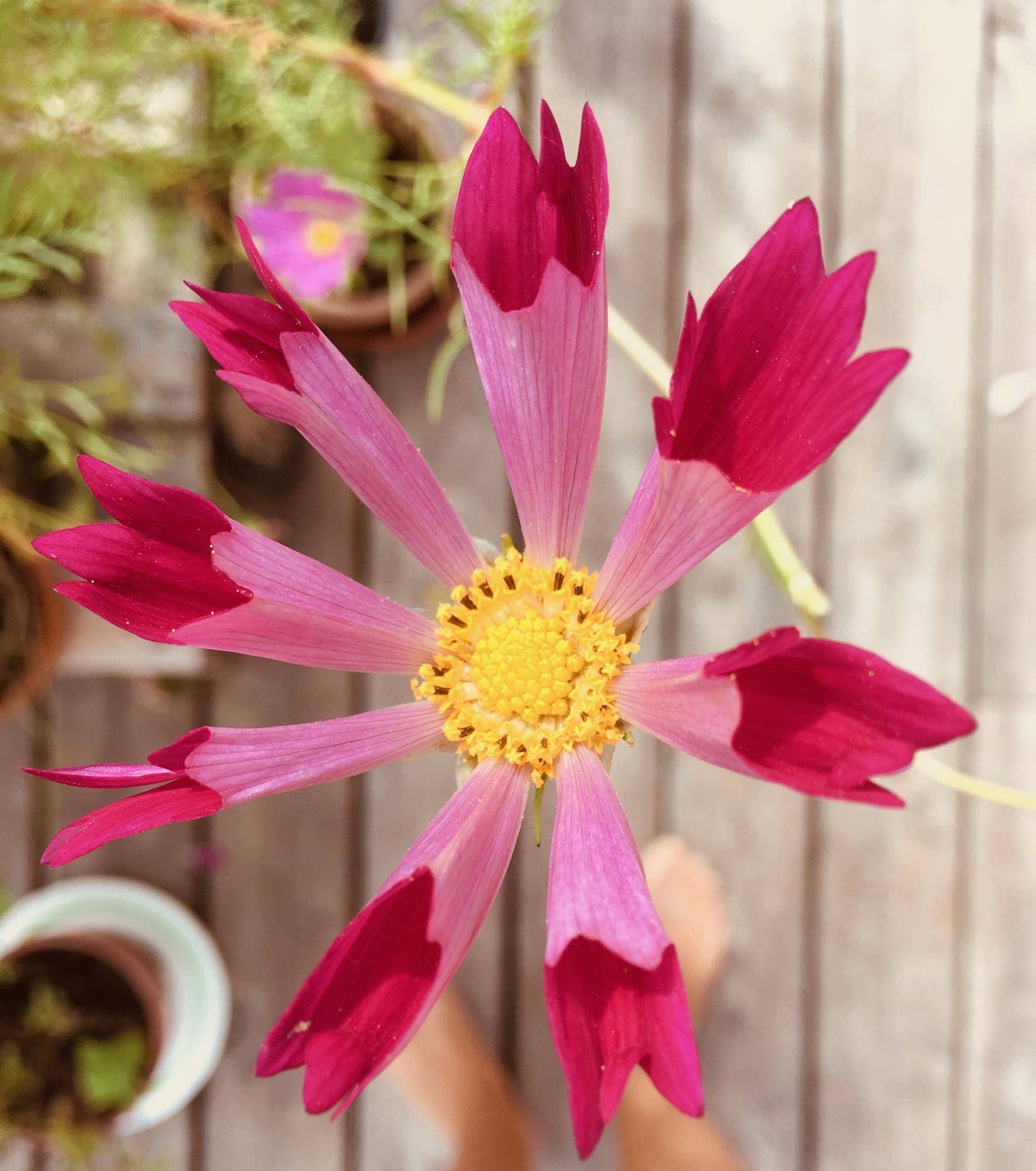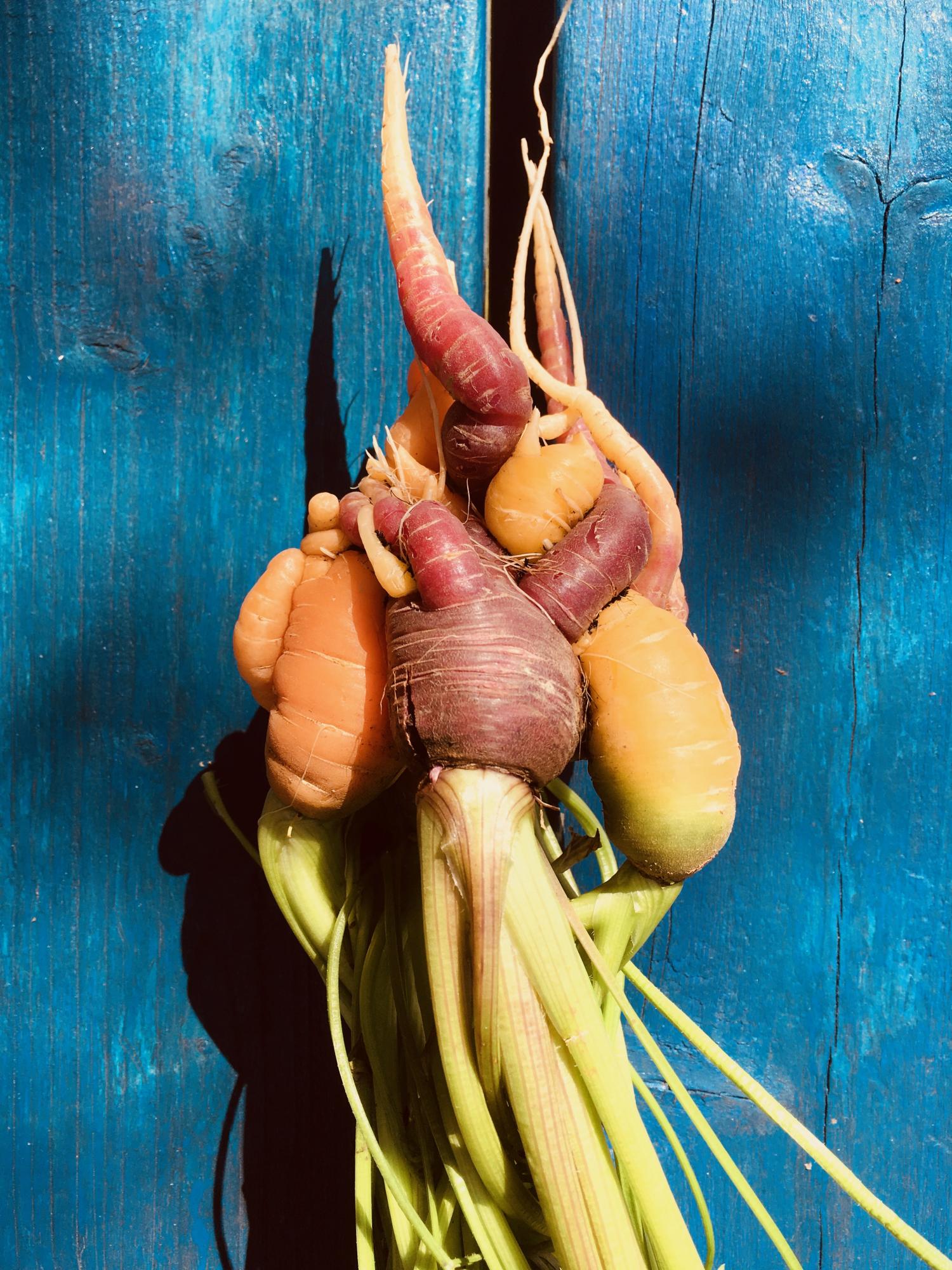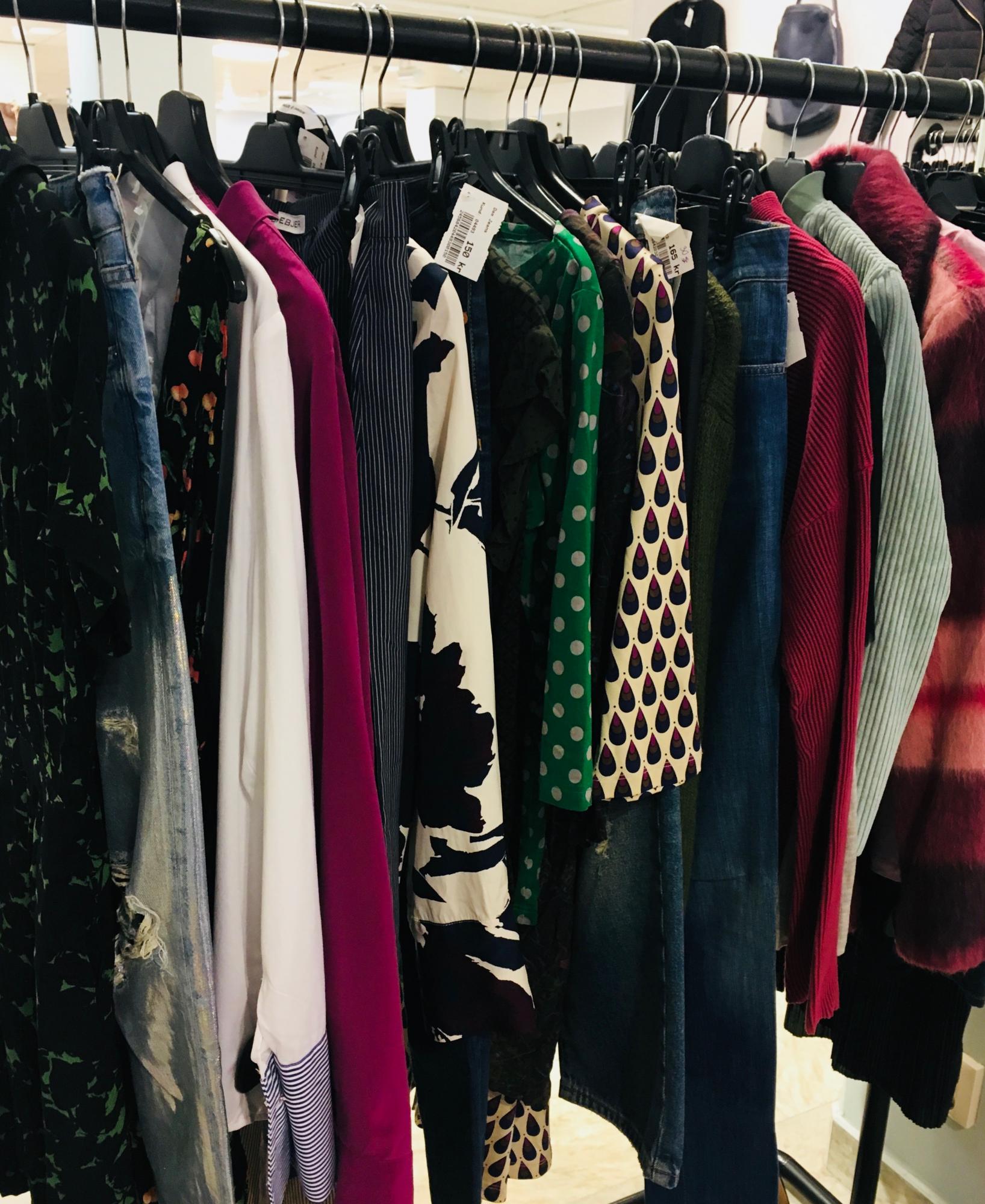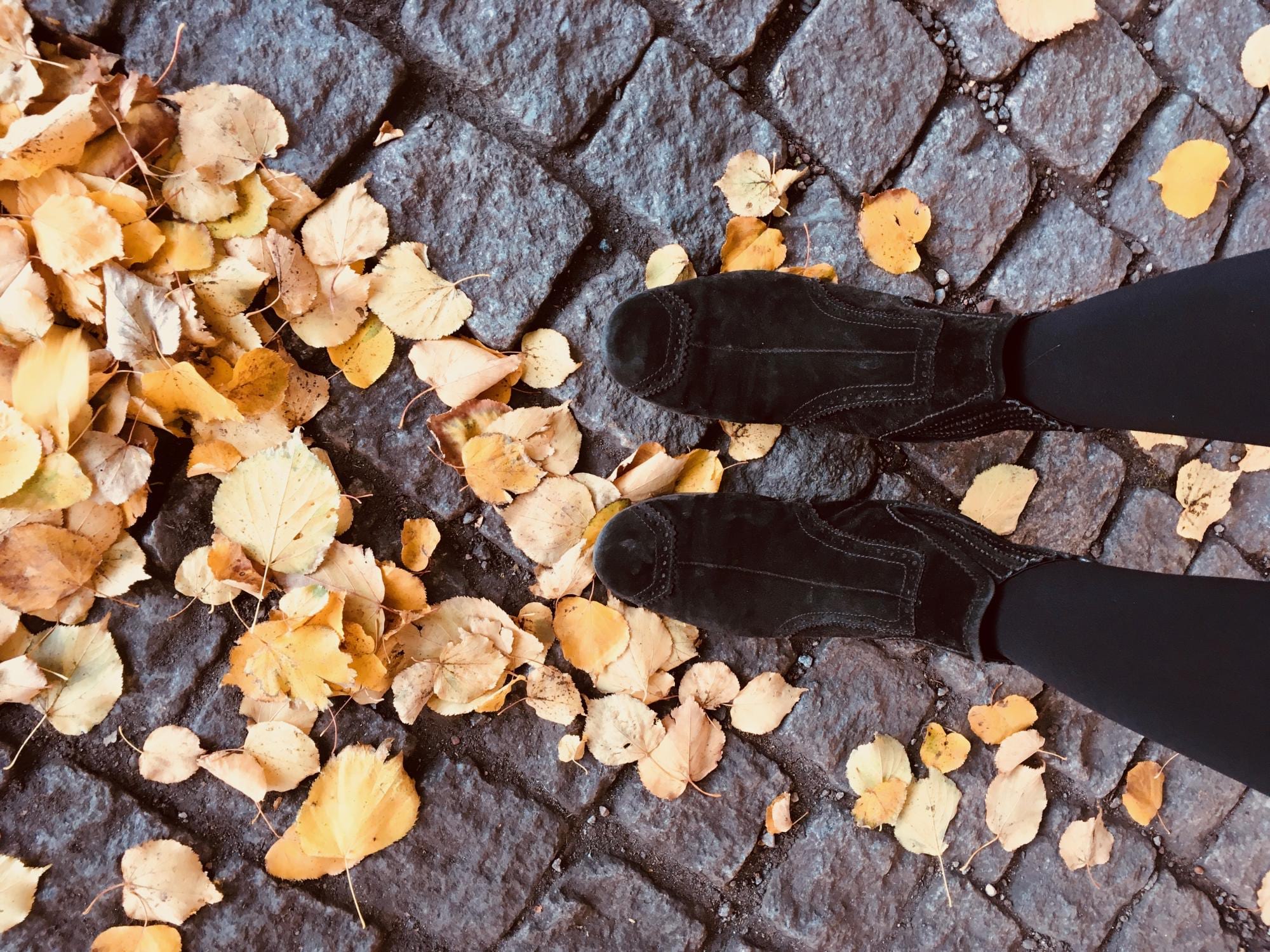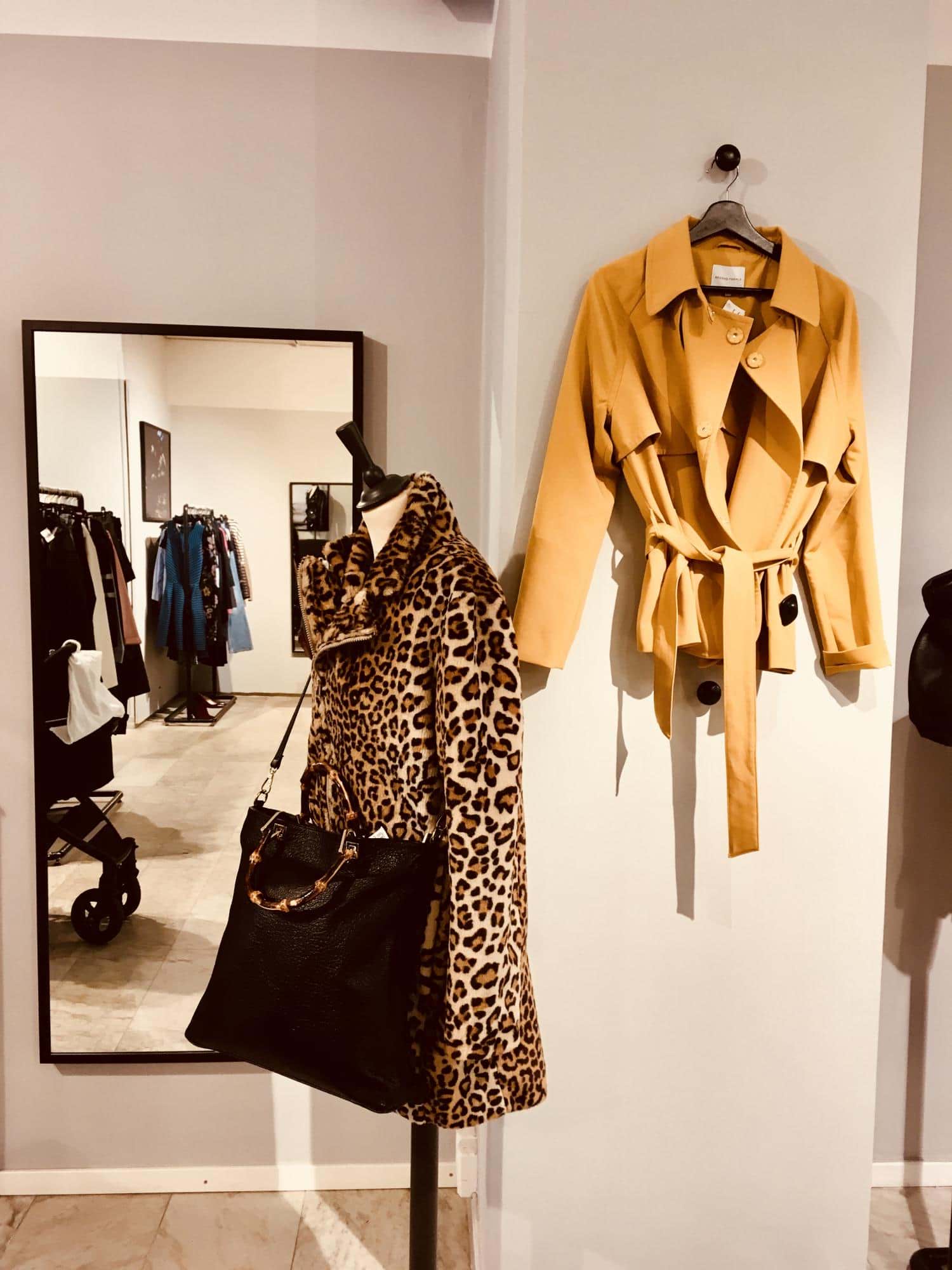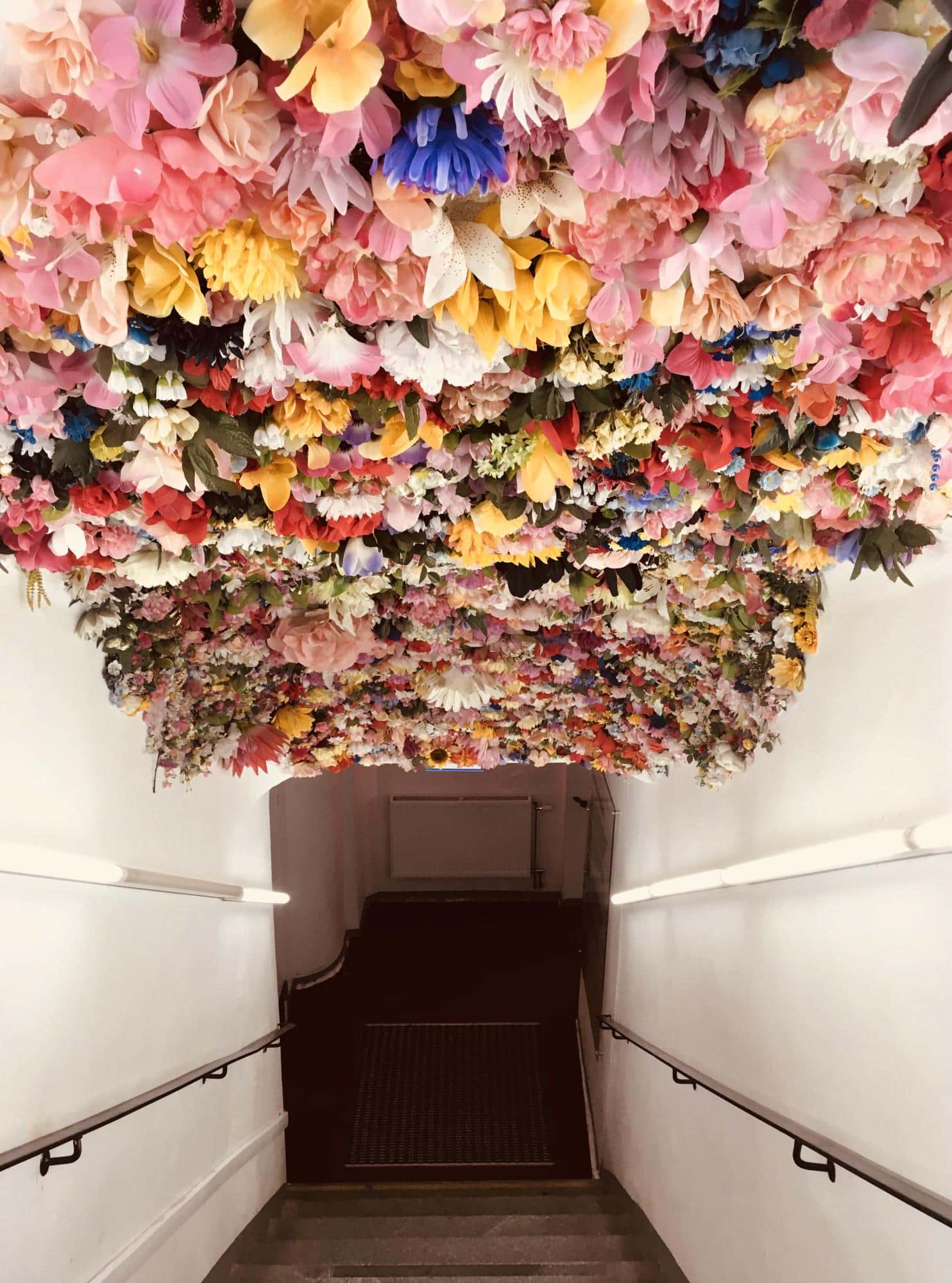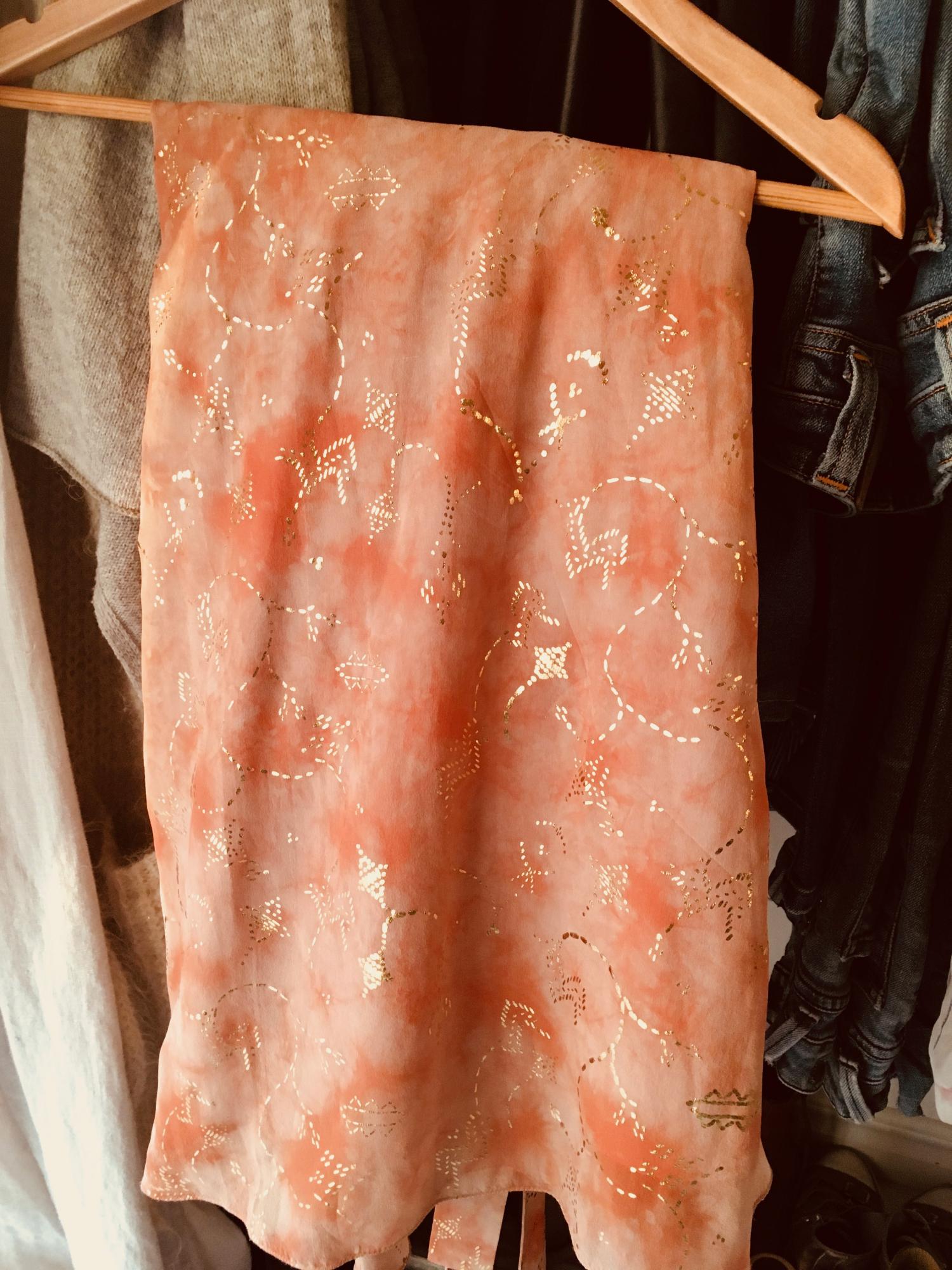Just to be clear, I'm no Scrooge. I'm crazy about Christmas and gaily embrace a mishmash selection of all my favourite British and Swedish traditions: candlelit Lucia services, the smell of warm glögg, mince pies with boozy butter, turkey and stuffing (more on the controversial topic of Swedish v. British Christmas food another time), watching Elf for the 87th time, making wonky gingerbread houses, fresh snow and frozen lakes - bring it all on. I am full of the spirit (does Baileys count as spirits?) But one thing that brings out my inner Grinch more and more each year is Christmas shopping.
The thought of all the pointless tat bought and chucked away makes me want to hide in a silent retreat until January, so this year (*friends and family spoiler alert*) I've decided only to buy handmade presents from people I know and like. Handily, there are plenty of creative souls in my area making beautiful things that I (hint) - and hopefully my loved ones - would love to receive. Here are just a few:
- FJLN.STHLM plant-dyed silk clothing
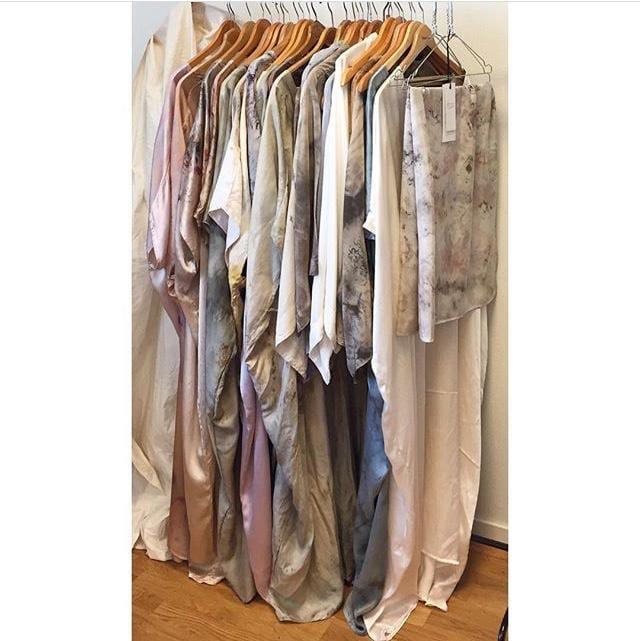 |
 |
Anyone who's been specially good this year should add one of Lina's glorious hand-dyed organic silk kaftans to their Christmas list. She used to live with us so I've seen first-hand how much work goes into creating each kaftan, kimono, poncho and scarf she makes. Each one is hand-dyed using natural dyes such as avocado, raspberry, coffee, rust and rose petals and they're true works of art.
- Sonja Kedem ceramics (@keramiker_sonja_kedem)
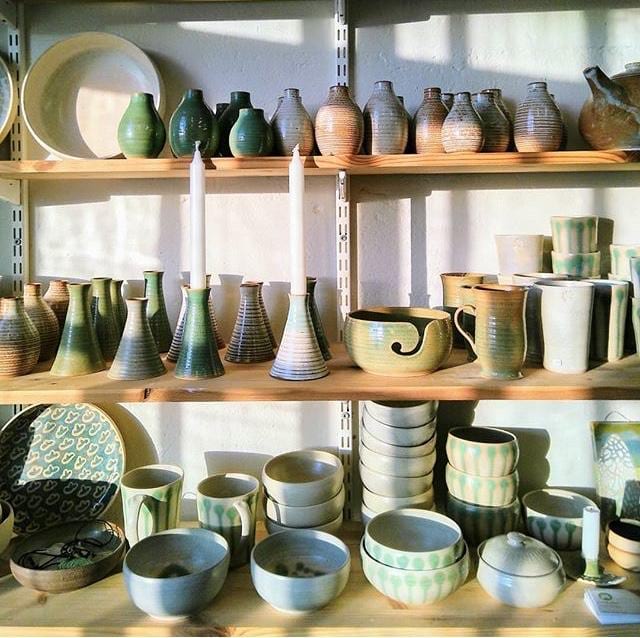
Sonja has a pottery workshop and studio in the old engine sheds in Gnesta and makes throwing beautiful pots look ridiculously easy which, having taken a couple of her evening classes, I can tell you it most definitely isn't.
- Kajsys organic skin care
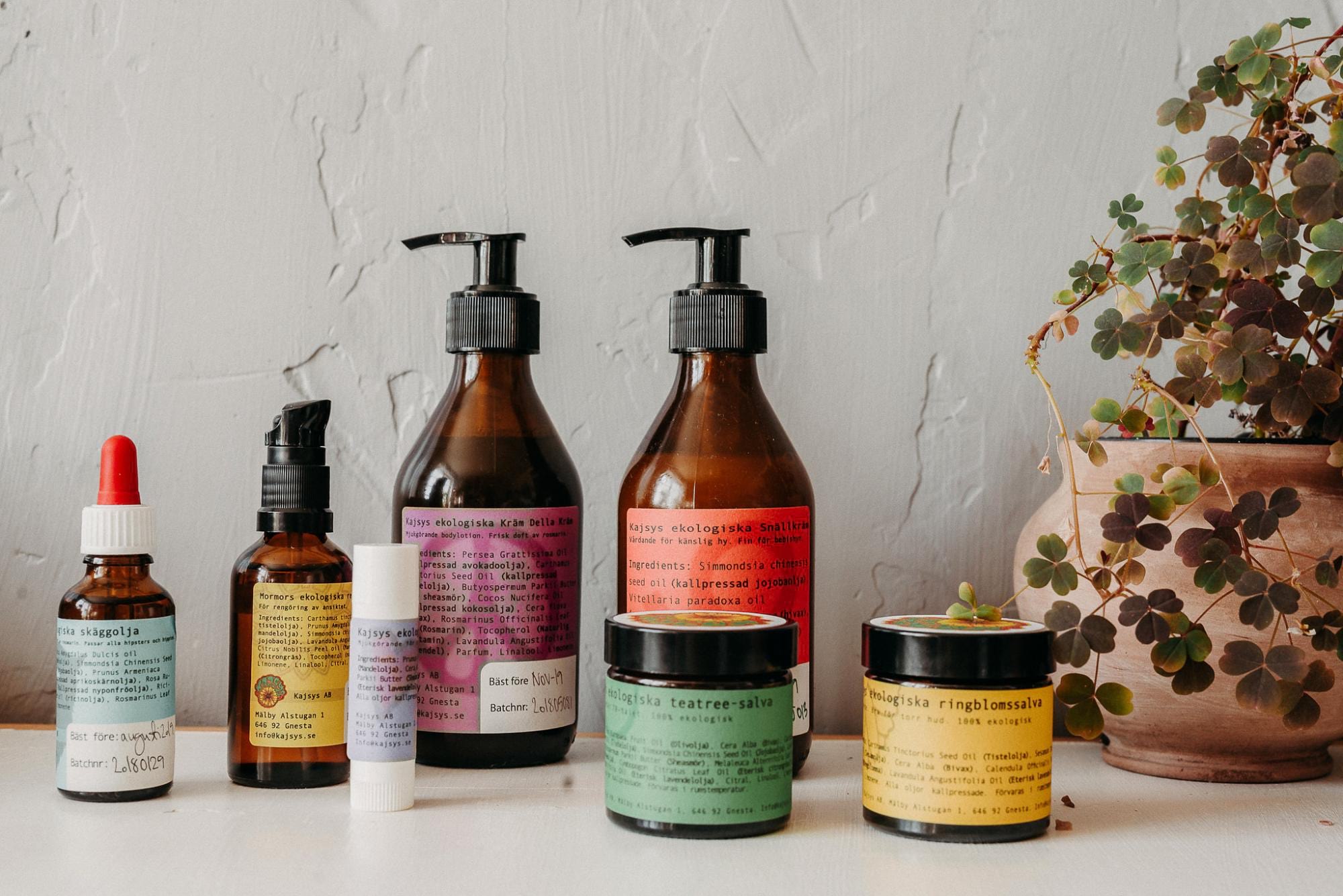
Karolina of Kajsys hand-makes all her own skin care products using organic oils and other ingredients. My brand-new baby nephew will be getting a big jar of "Snällkräm" with jojoba oil and beeswax, and I'm hoping her "Skäggolja" beard oil with apricot kernal oil and rosemary is going to transform Joe's facial hair vibe from Mr Twist to Mr Clooney.
- Molly Mahon block-printed fabrics and wallpapers
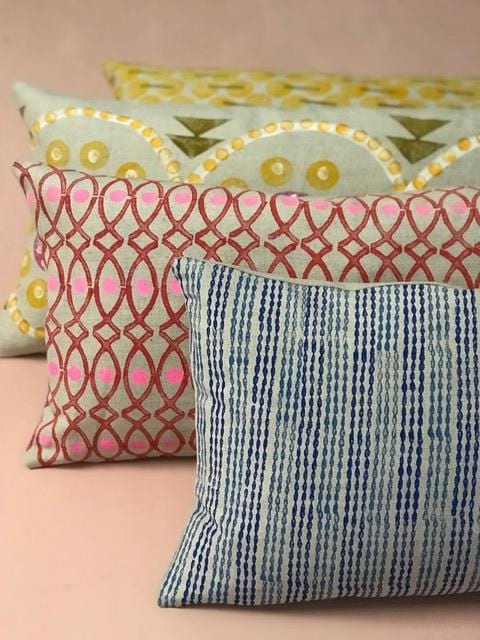 |
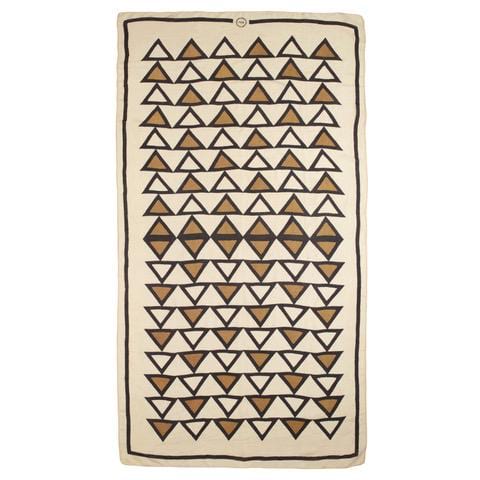 |
My old school friend Molly was always the best at art in our year and she's gone on to create a successful business making her own design block-printed textiles, wallpapers and other very lovely products.
- Blank White Space bespoke art curation and advisory service
 |
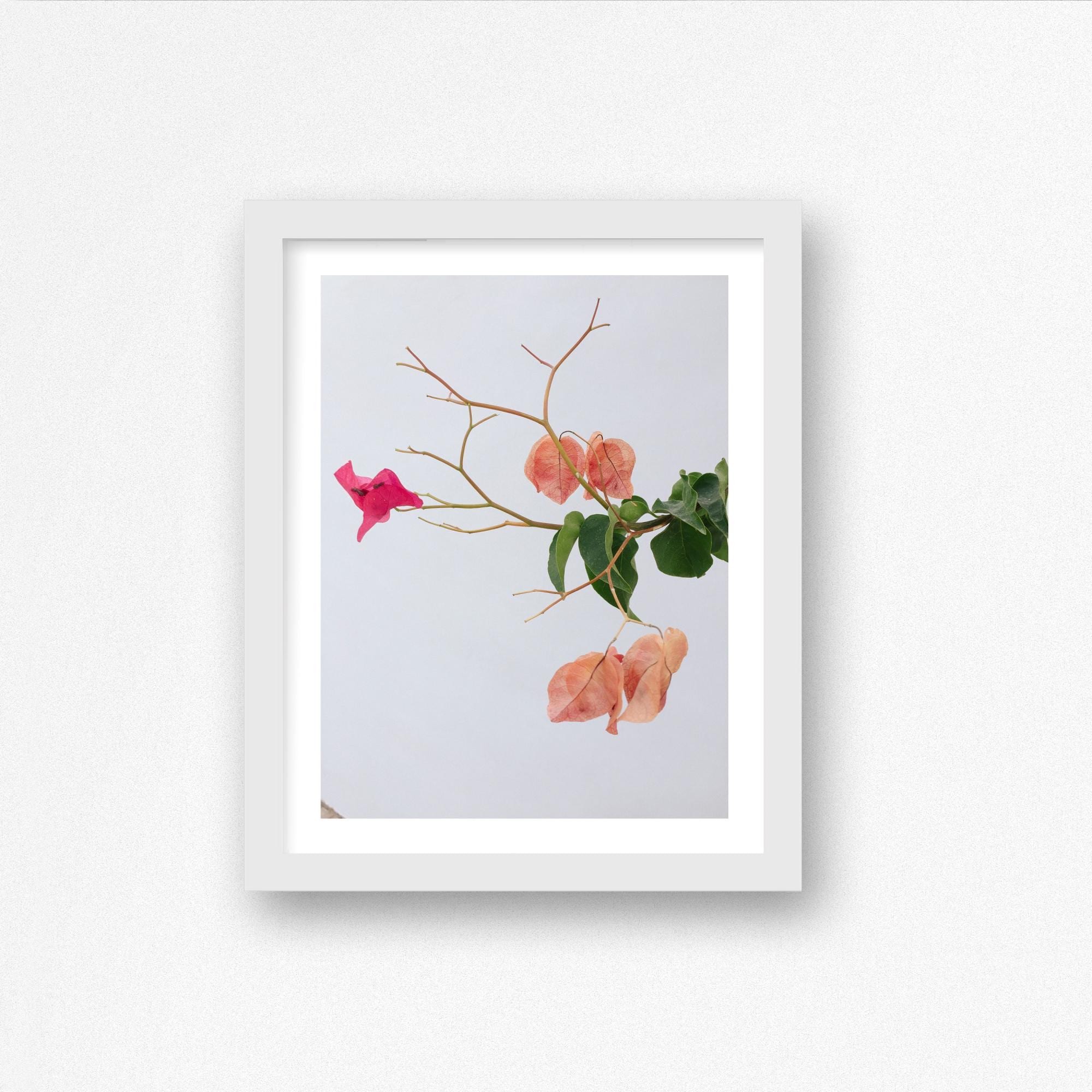 |
Jules walked into a North London playground and my life fourteen years ago when our two eldest boys were just babies. She somehow combines being a highly successful art director with being wonderfully scatty, a single mother to two boys and running her new art advisory service. You can hire her to transform a blank wall into a tasteful and personal gallery wall or just buy one of the hand-picked prints and paintings from her online gallery (the black and white photographic print on the left is by my extremely talented husband, Joe Maclay)
- Ridgedale Permaculture organic meat, poultry and veg delivery
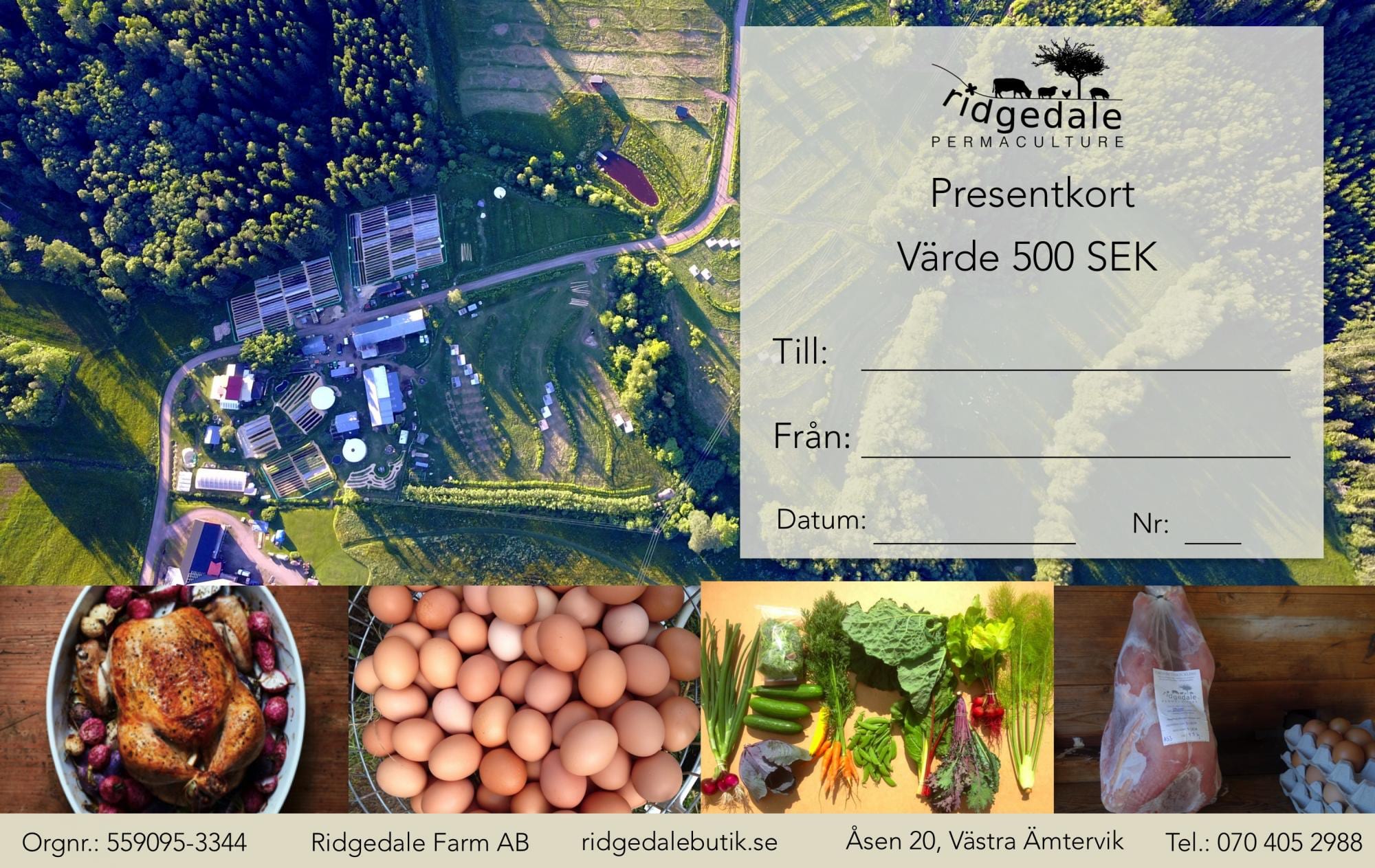
Last year was the first year since moving to Sweden that we had a turkey for Christmas lunch (our first year here we killed and ate one of the neighbour's geese by mistake, but that's another story) and finding a higher welfare bird in this country was no mean feat.
Mission Happy Turkey involved a long search and a random handover rendezvous with a lorry driver in a petrol station car park off the E4. This year, I've sourced the festive (pasture-raised, organically fed and on-site slaughtered) bird from friends who run a permaculture farm in Värmland and make monthly deliveries to Stockholm and Järna.
I've just realised pretty much all these businesses are run by women; not intentional - I'm just lucky enough to know a lot of amazing, inspiring, creative women and I'd rather support them than add more money to the likes of Jeff Bezos' bulging coffers any day.

